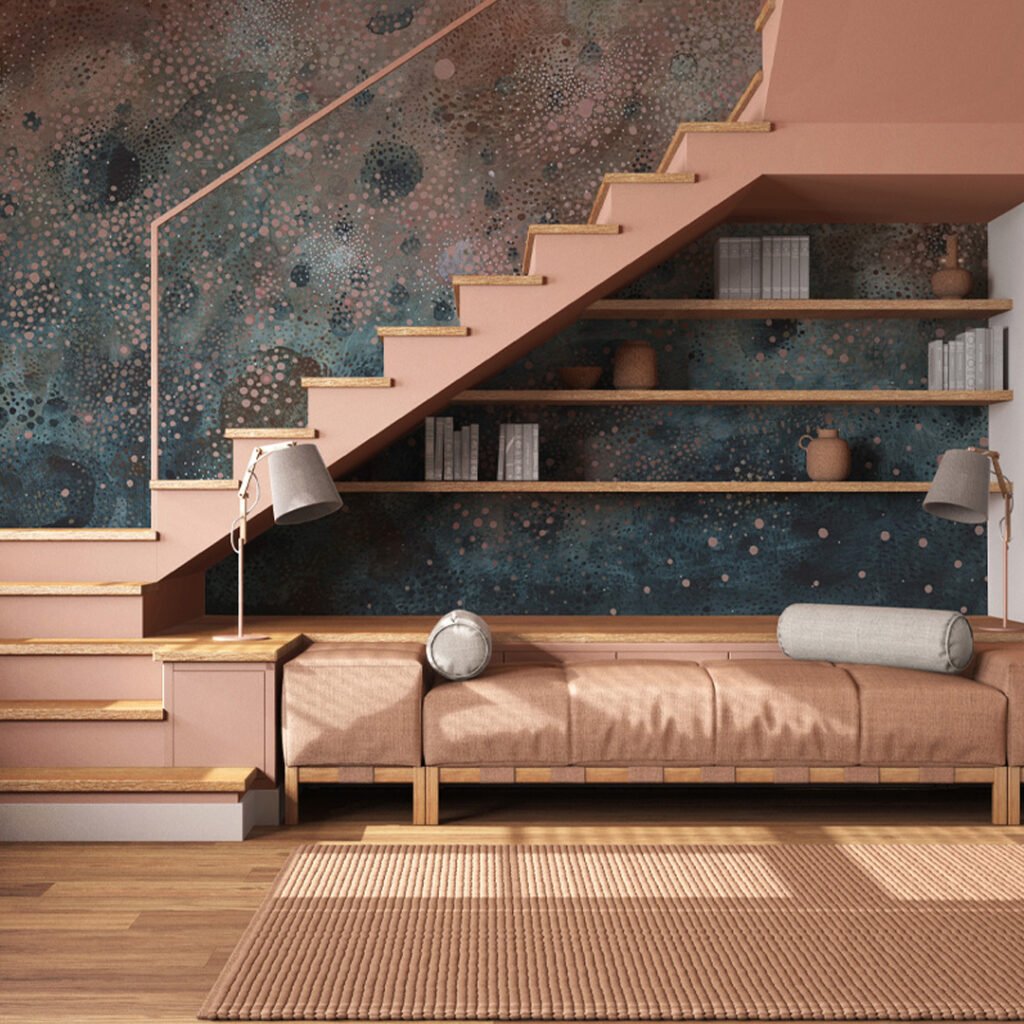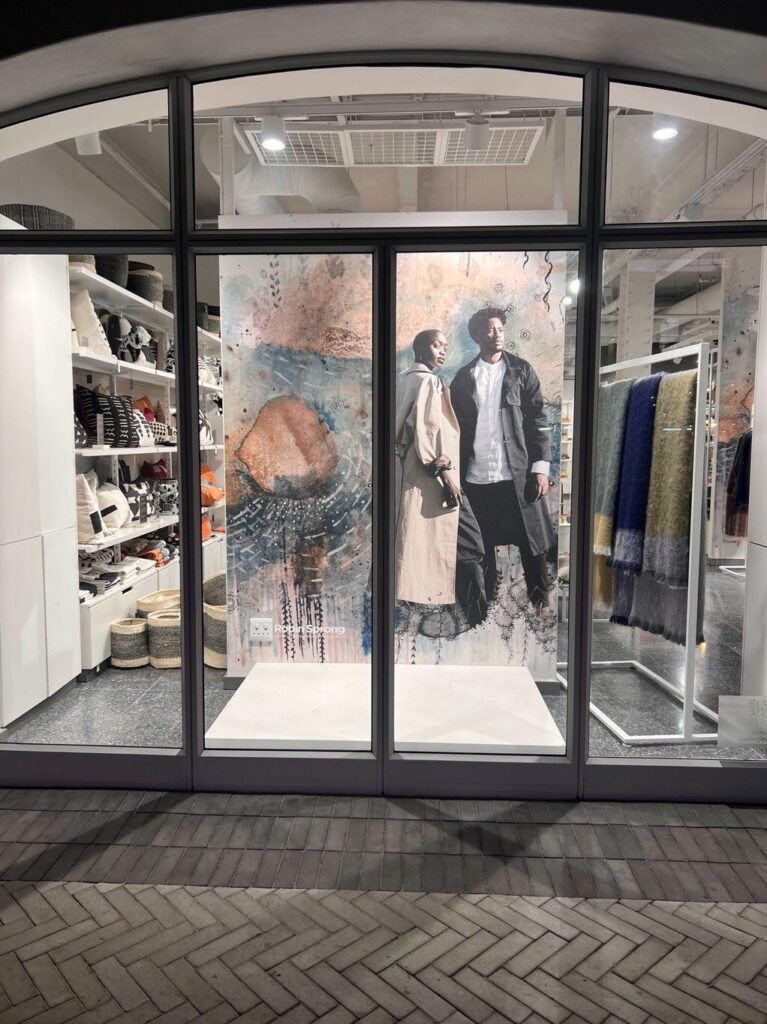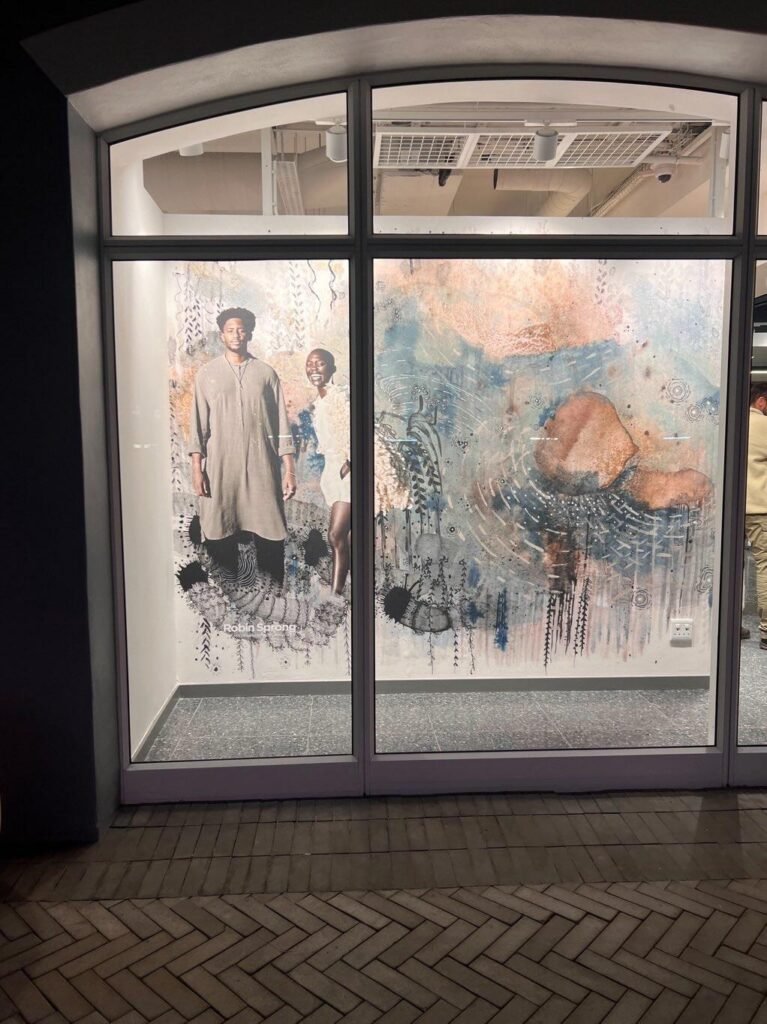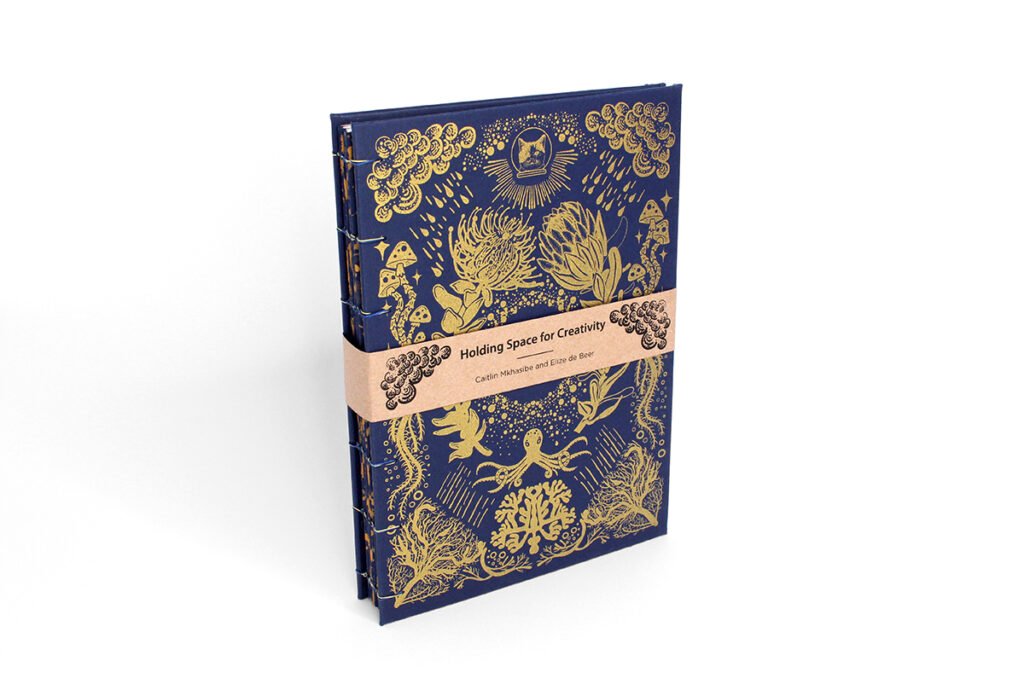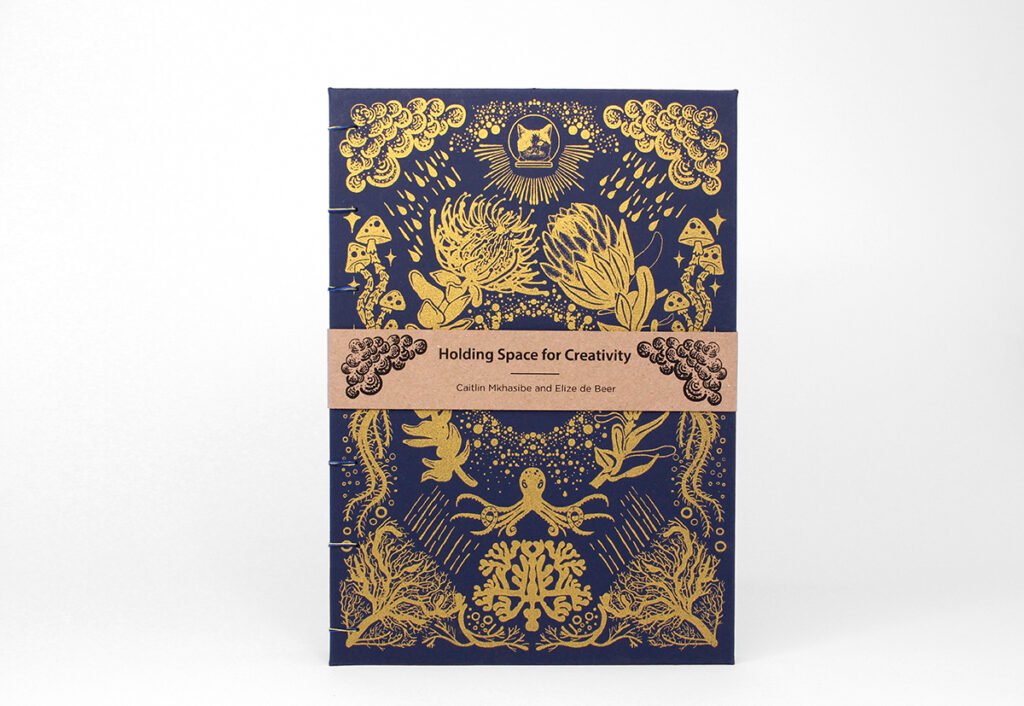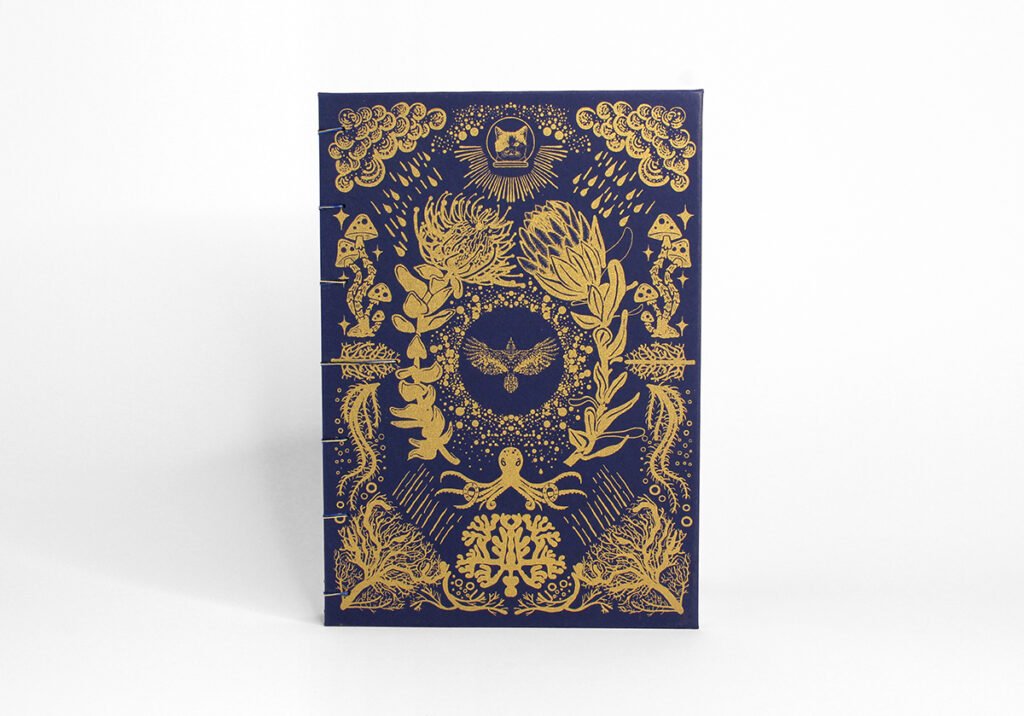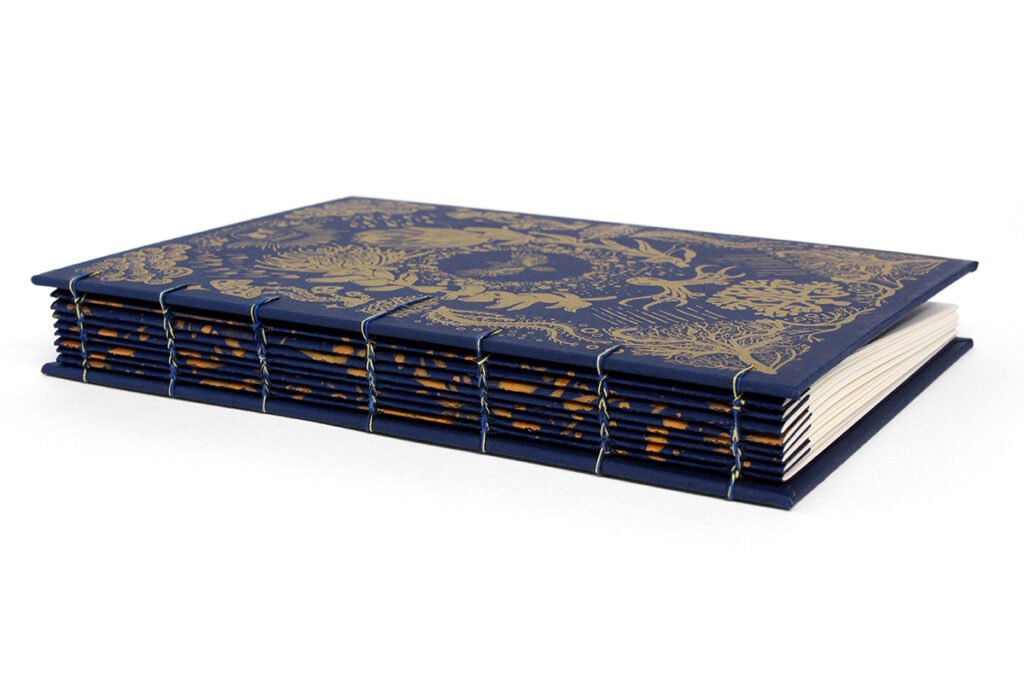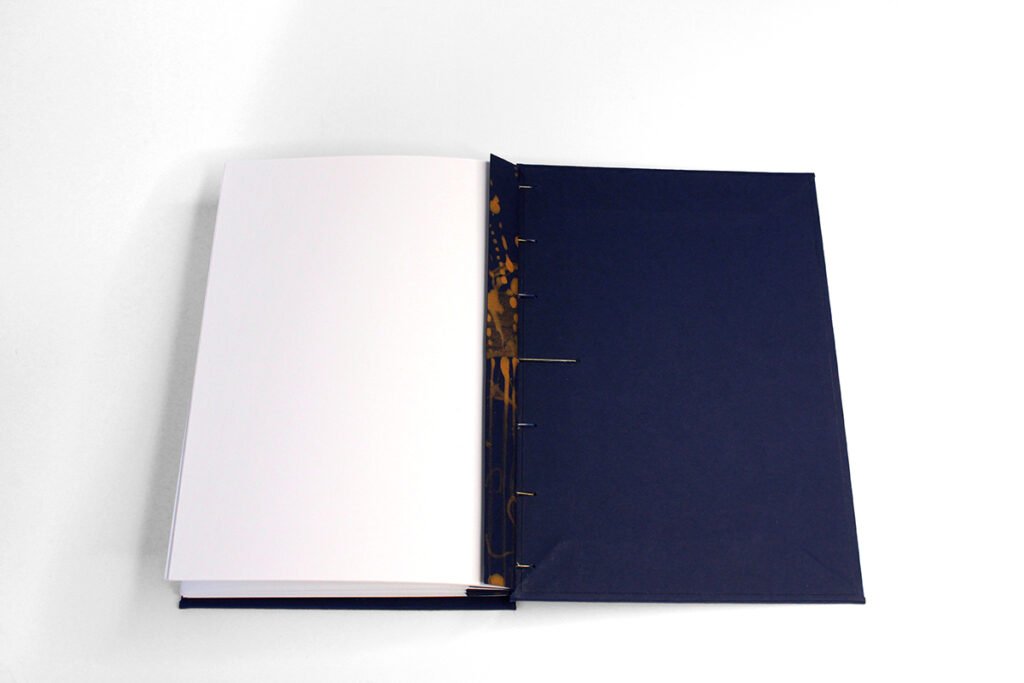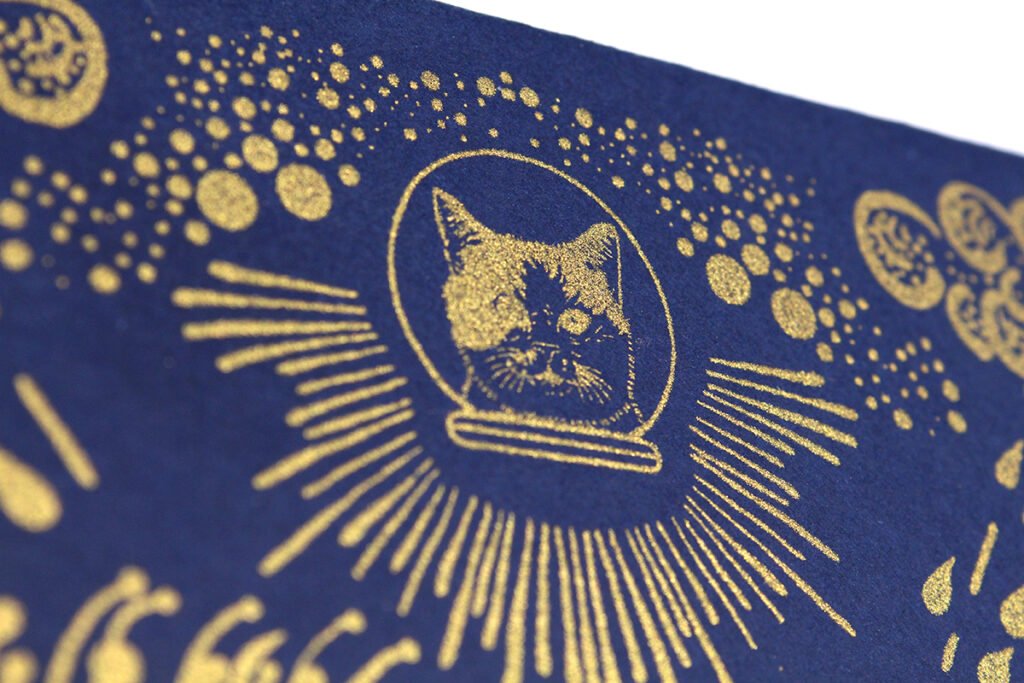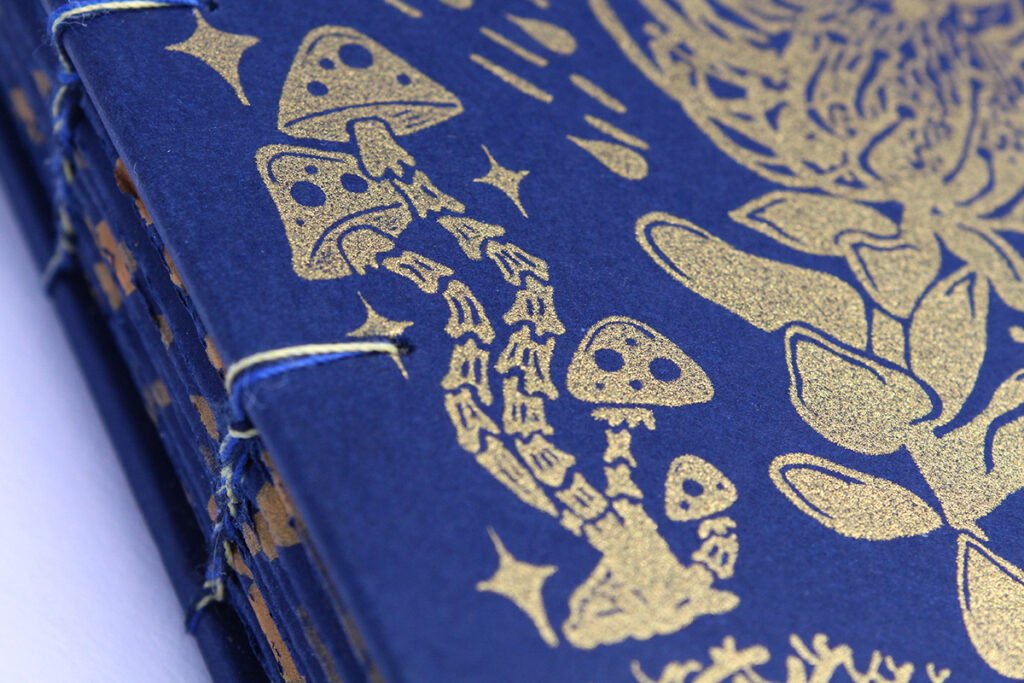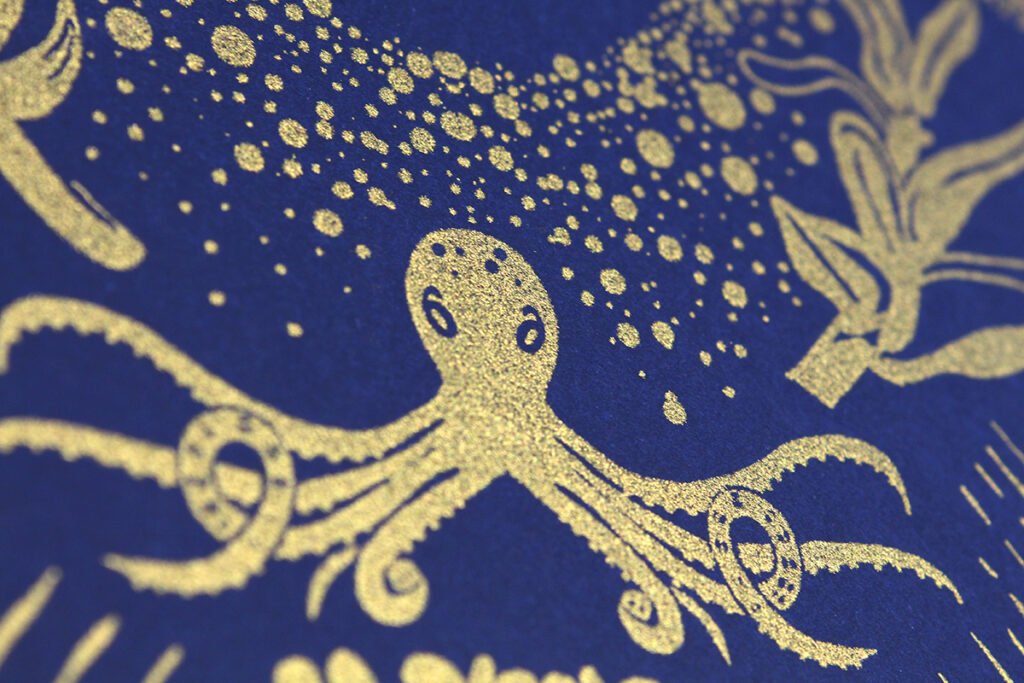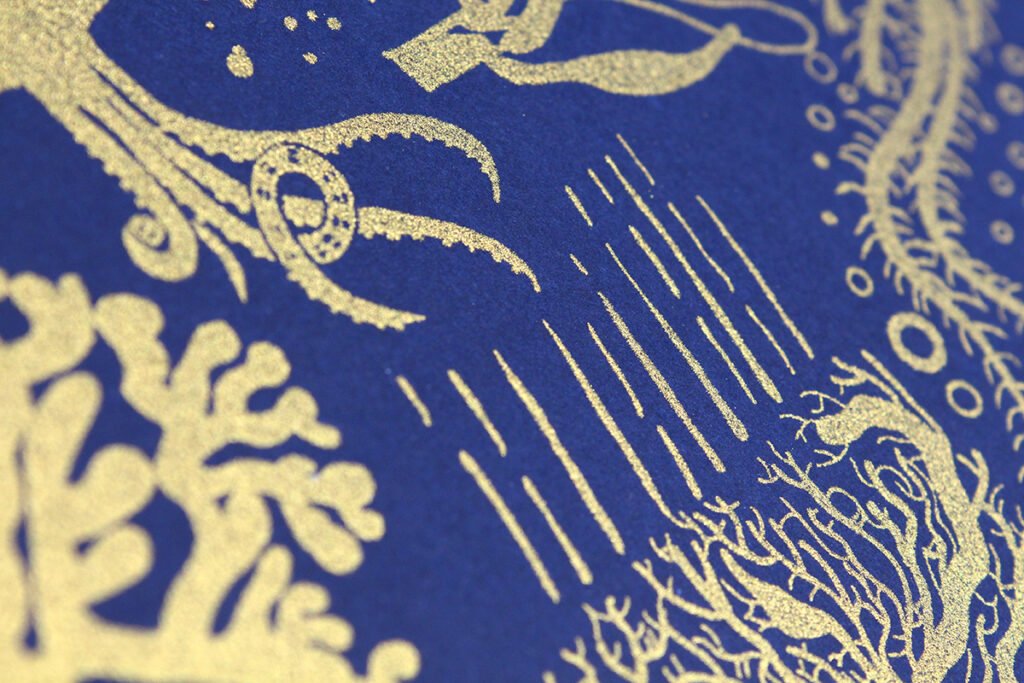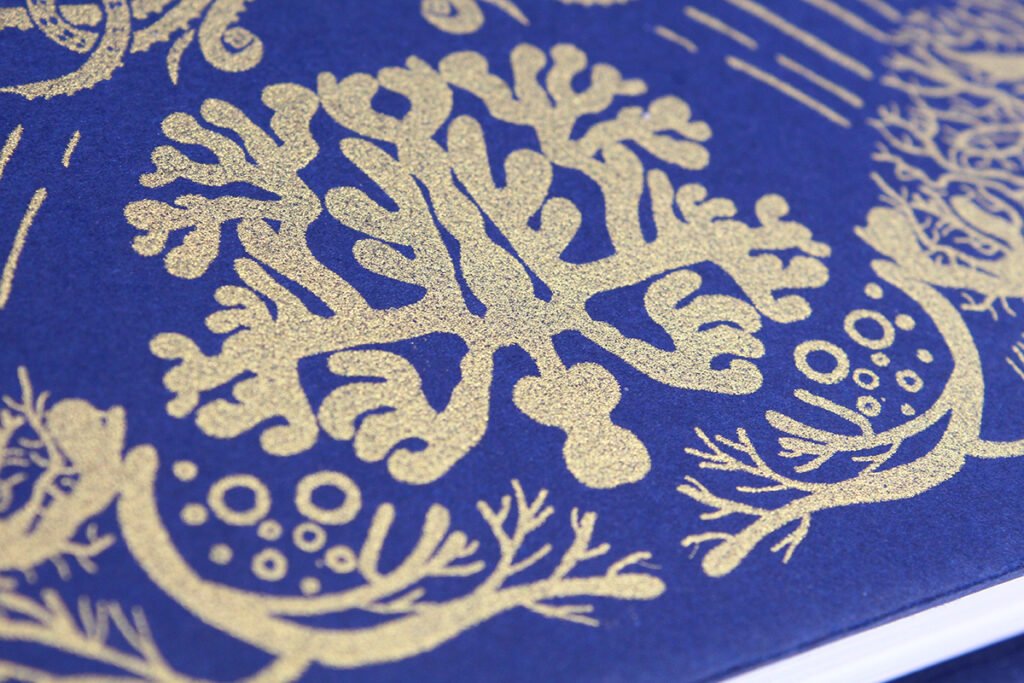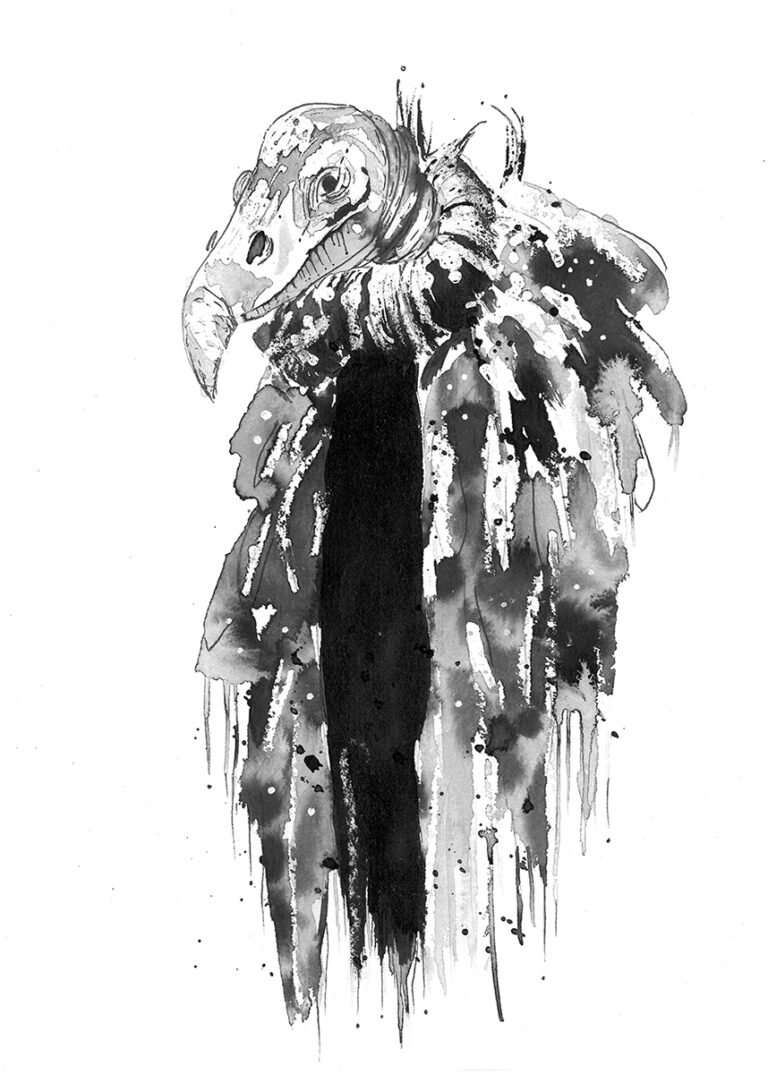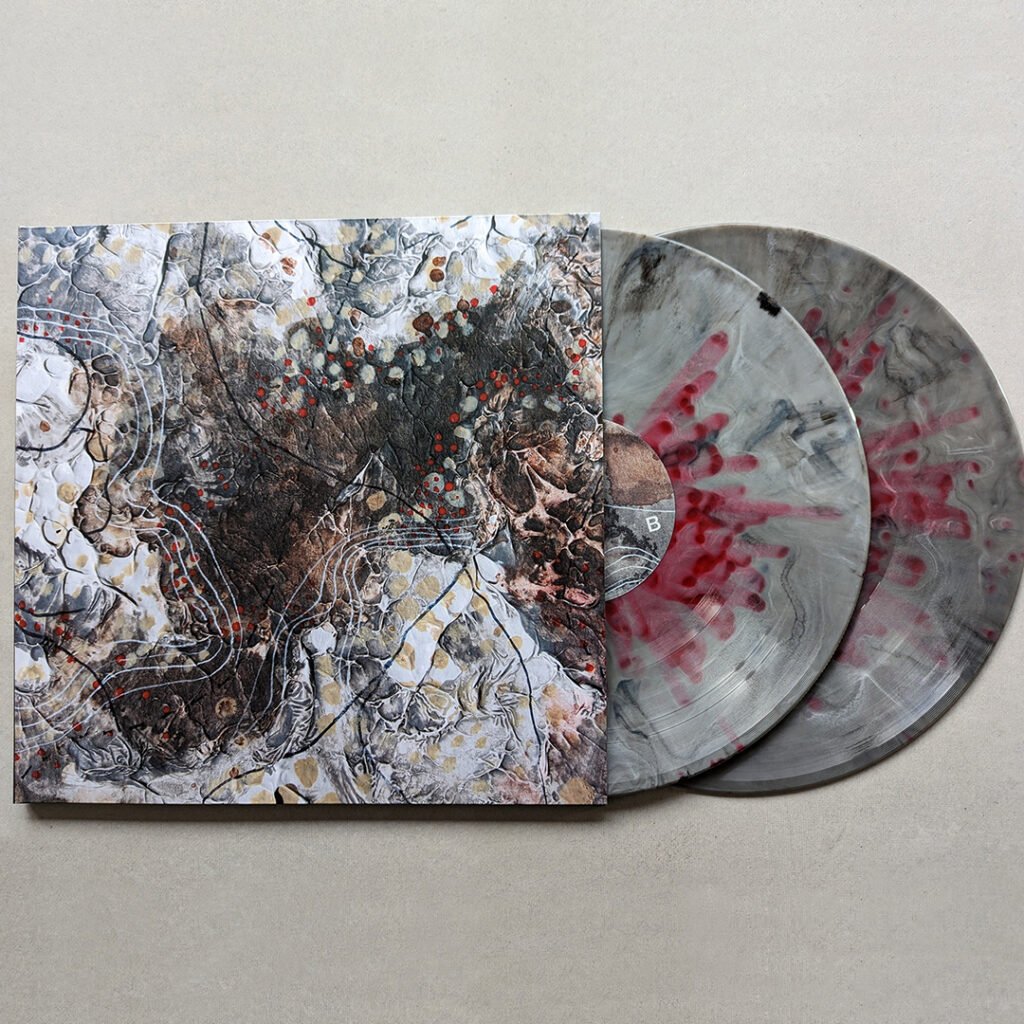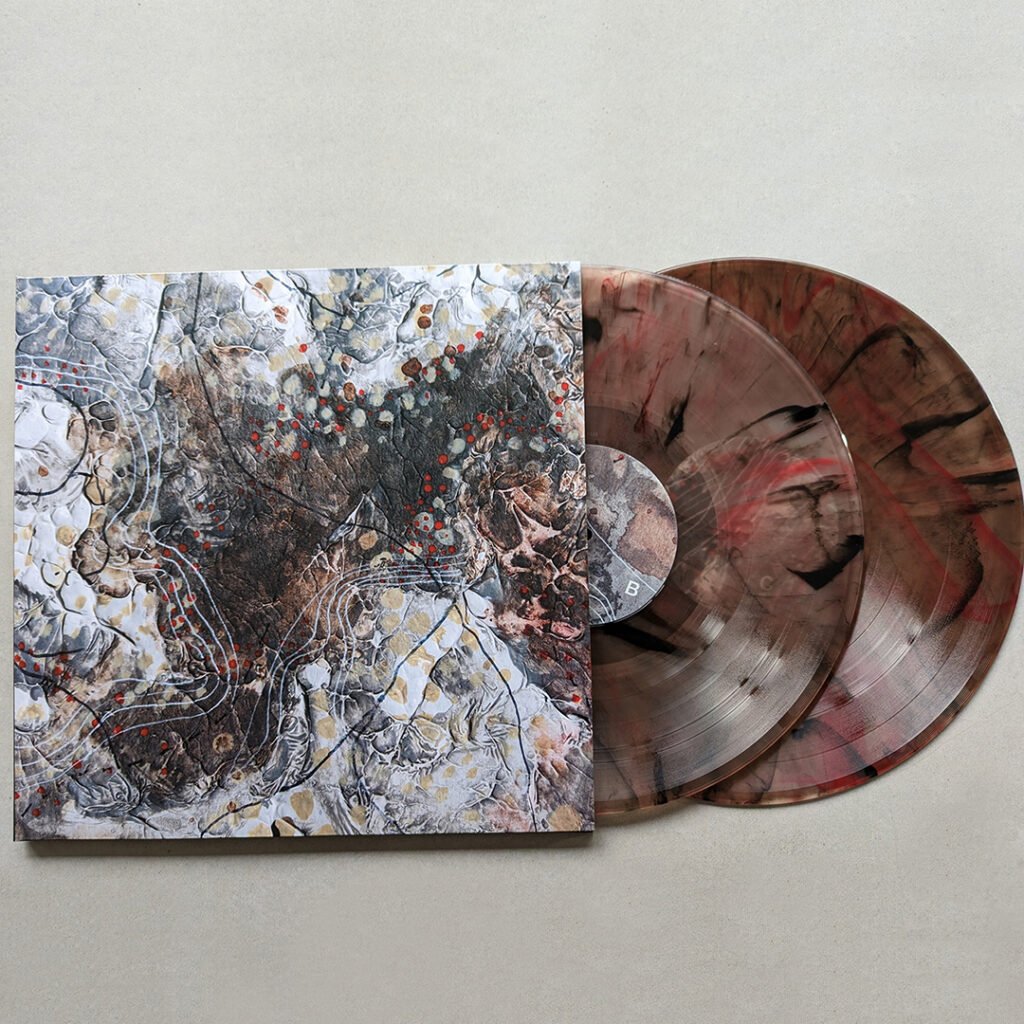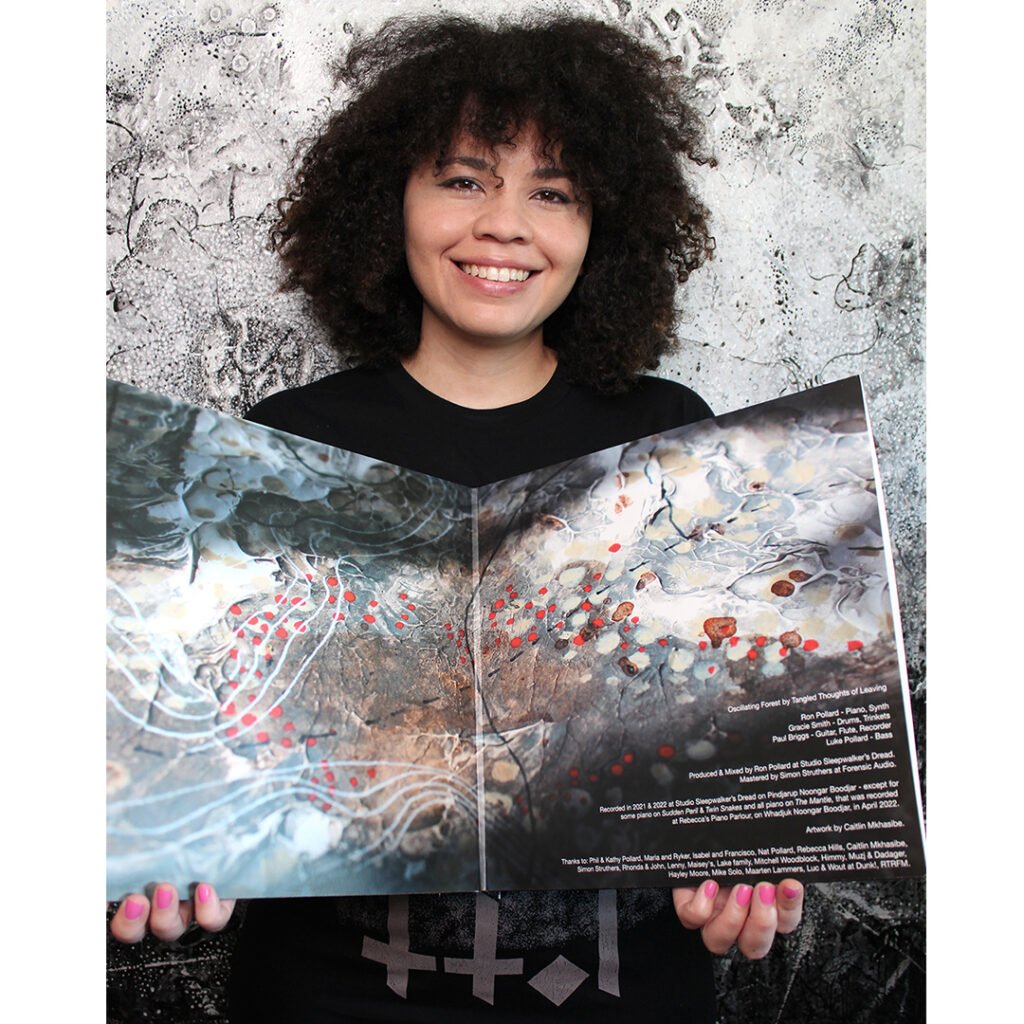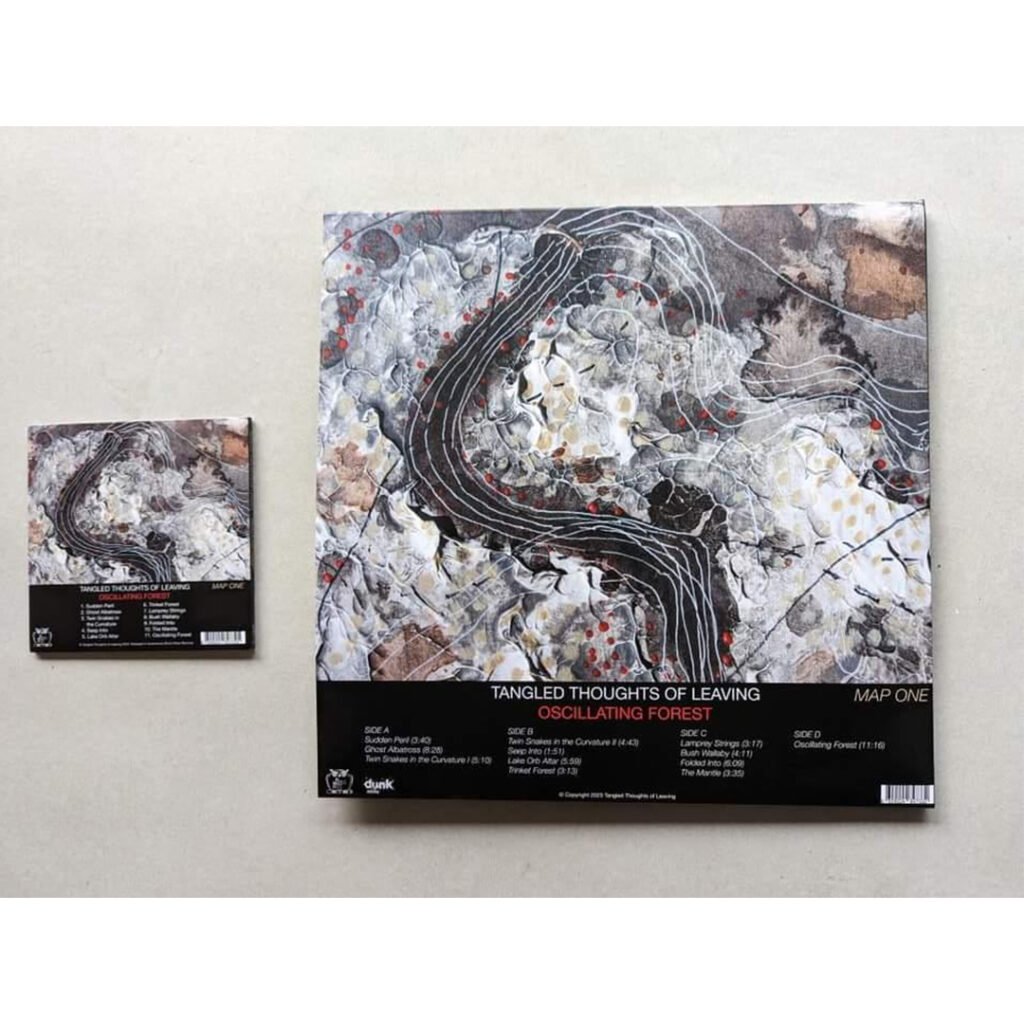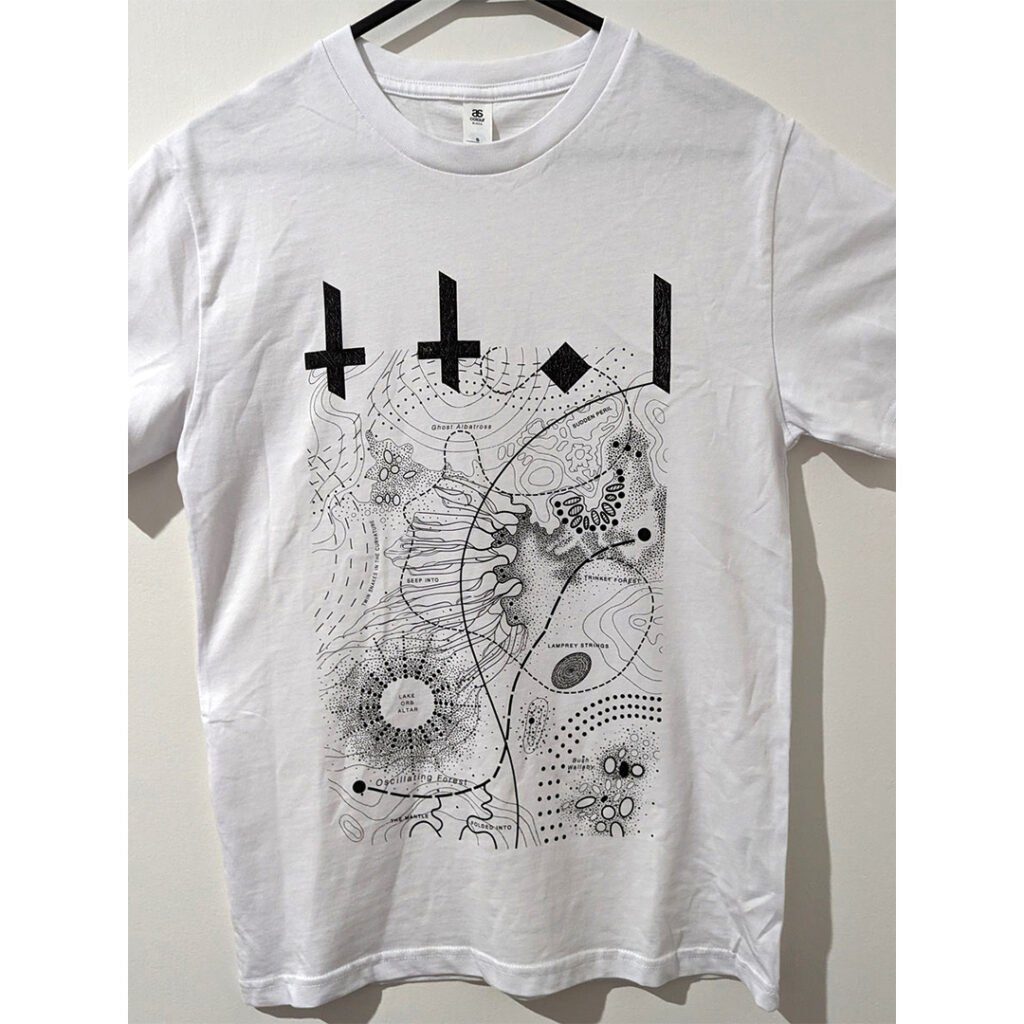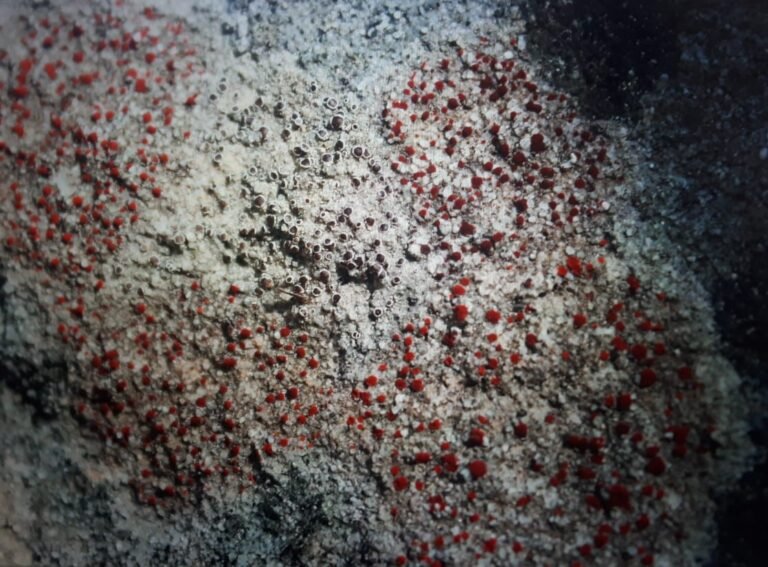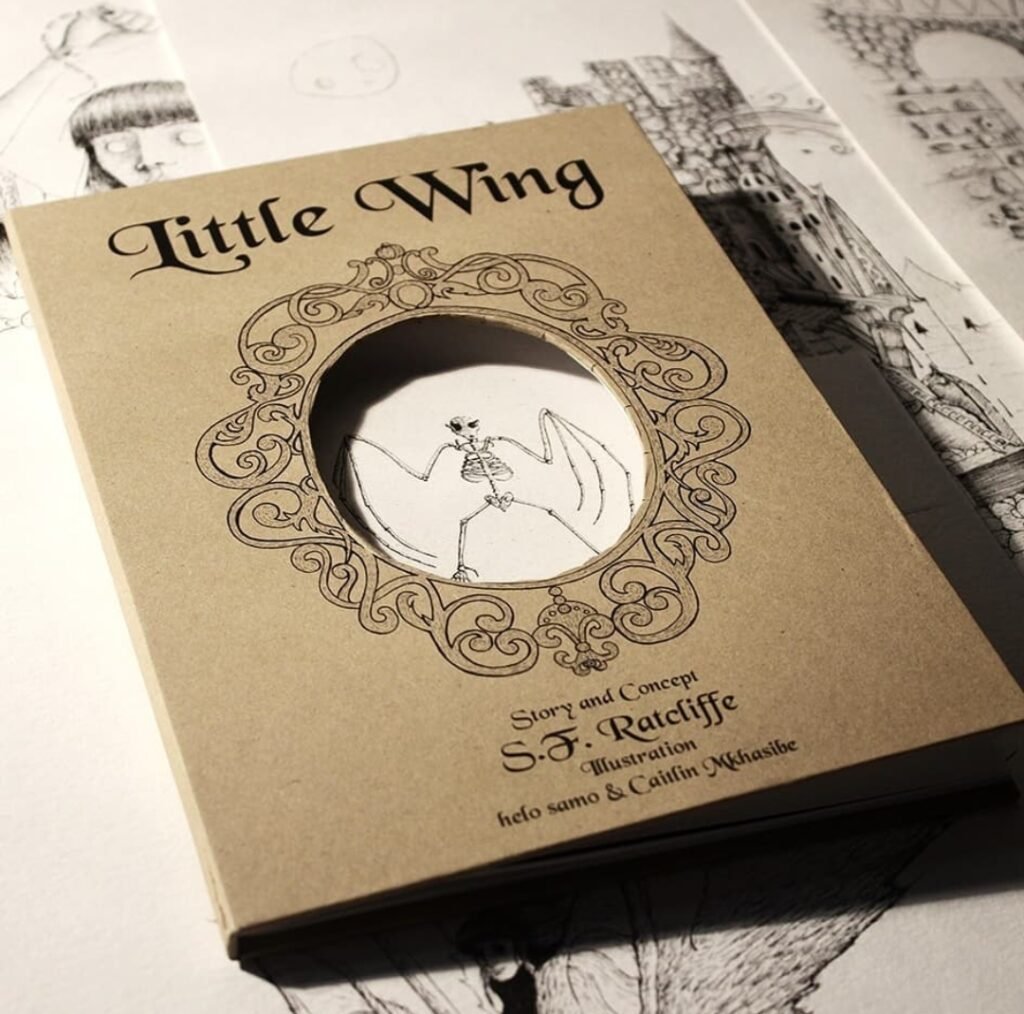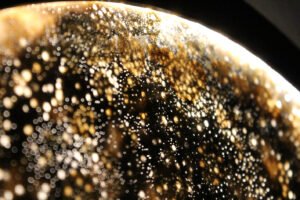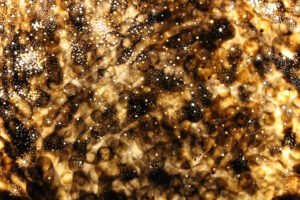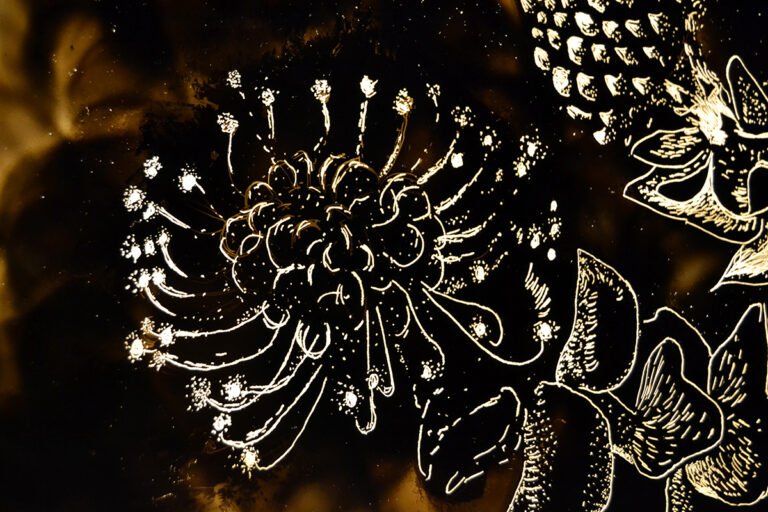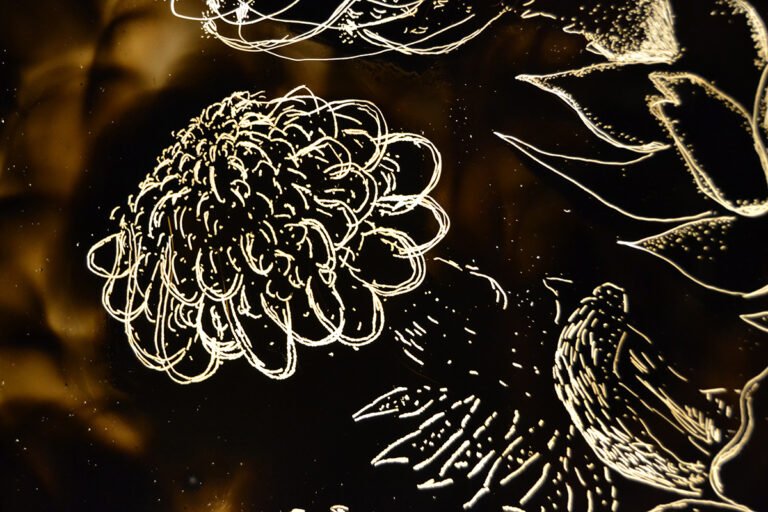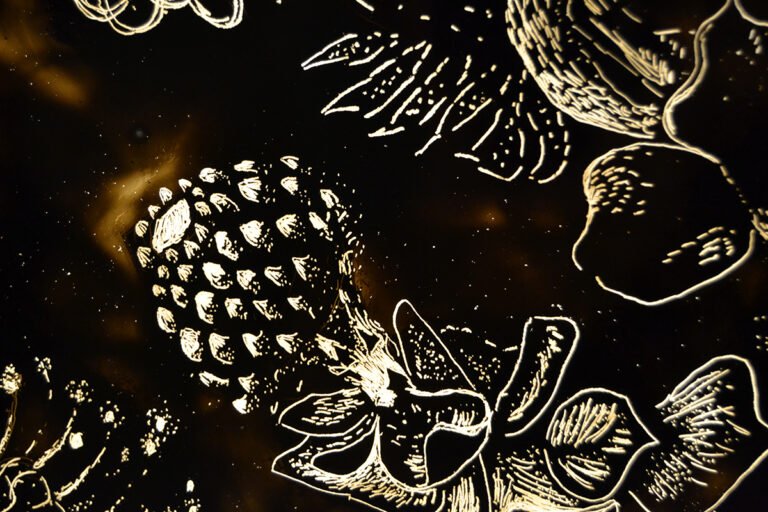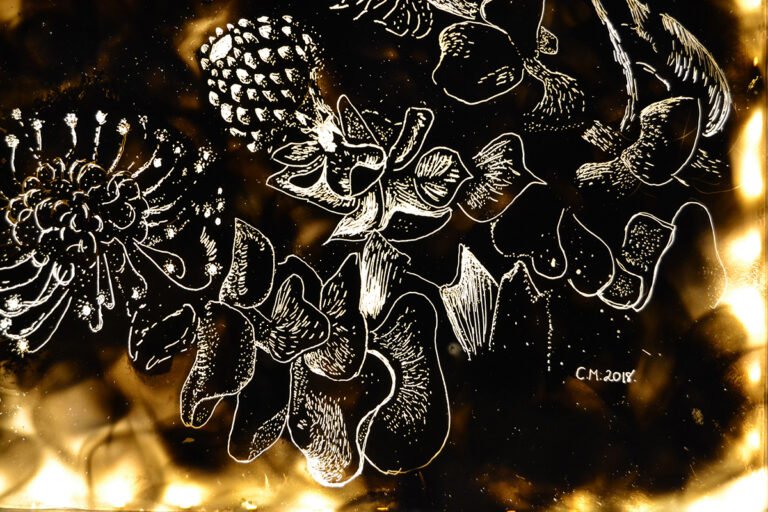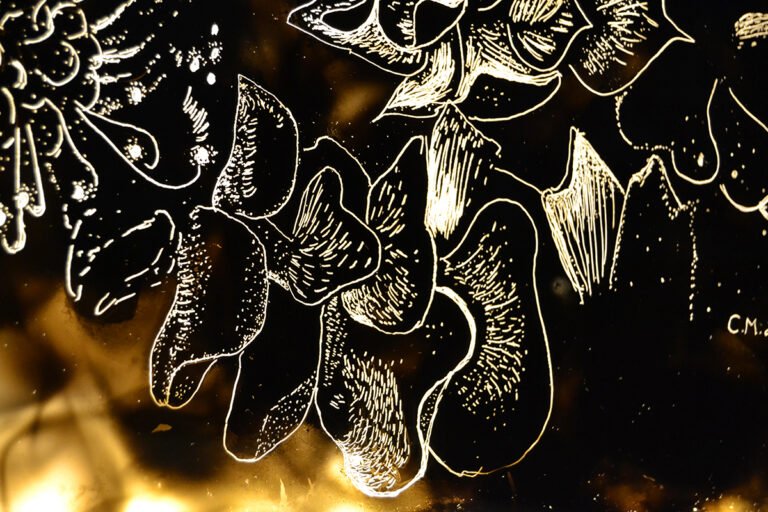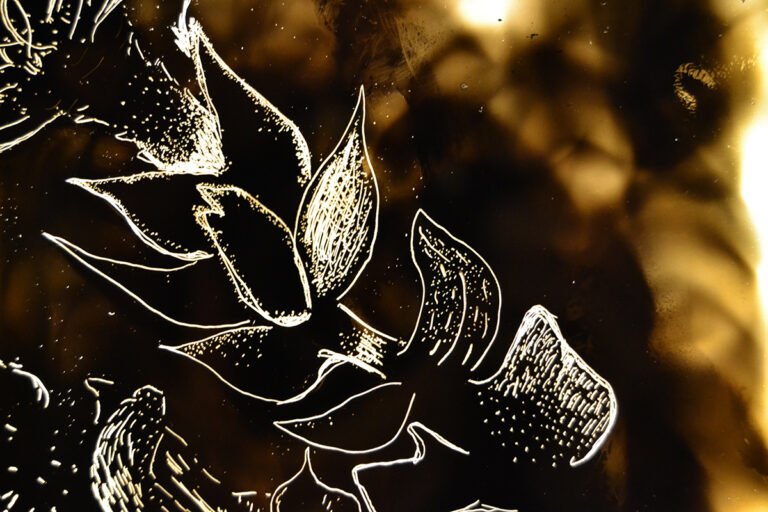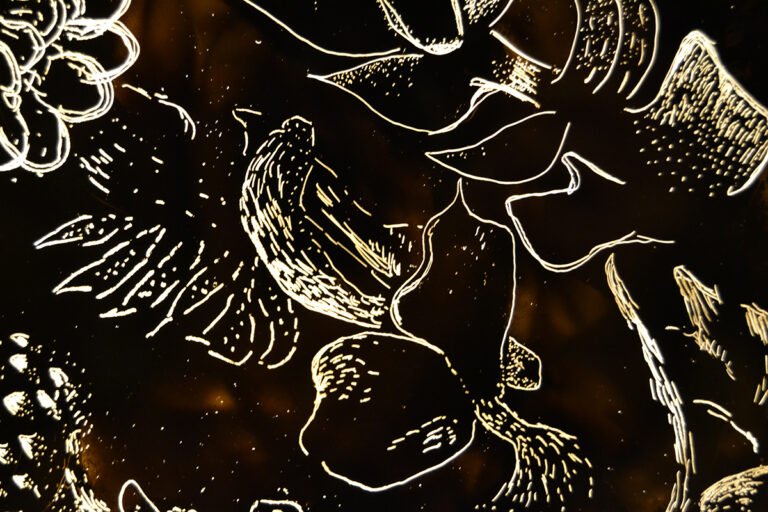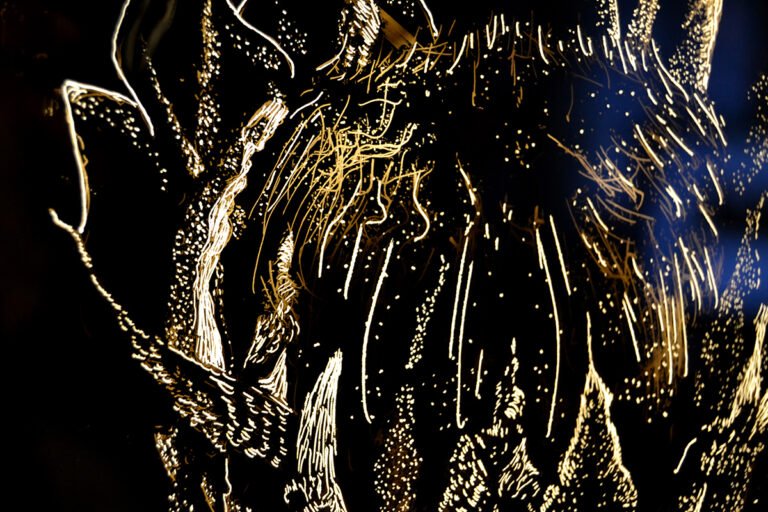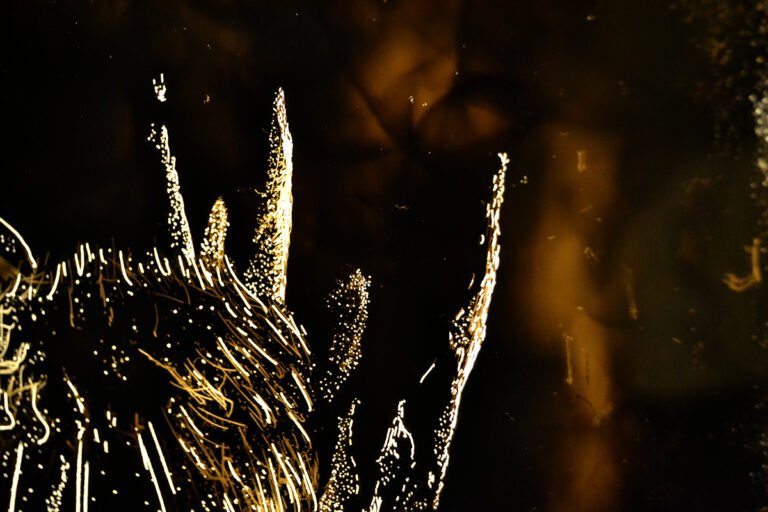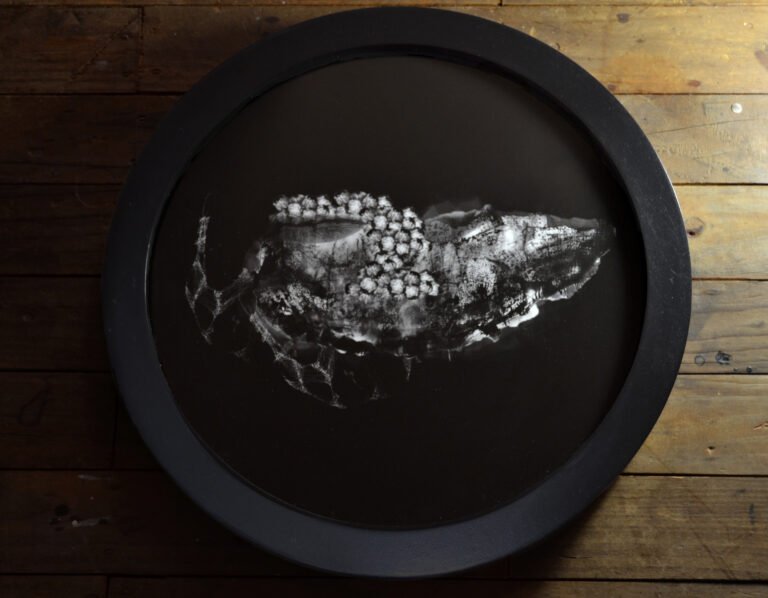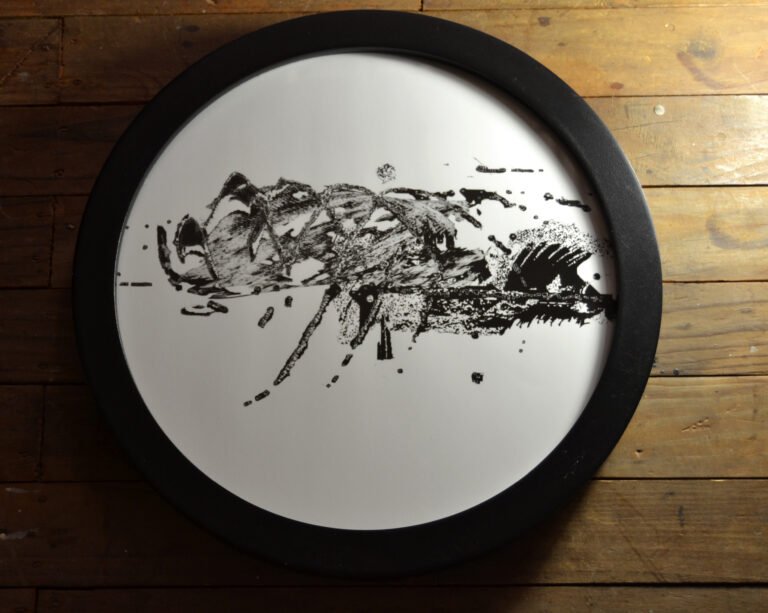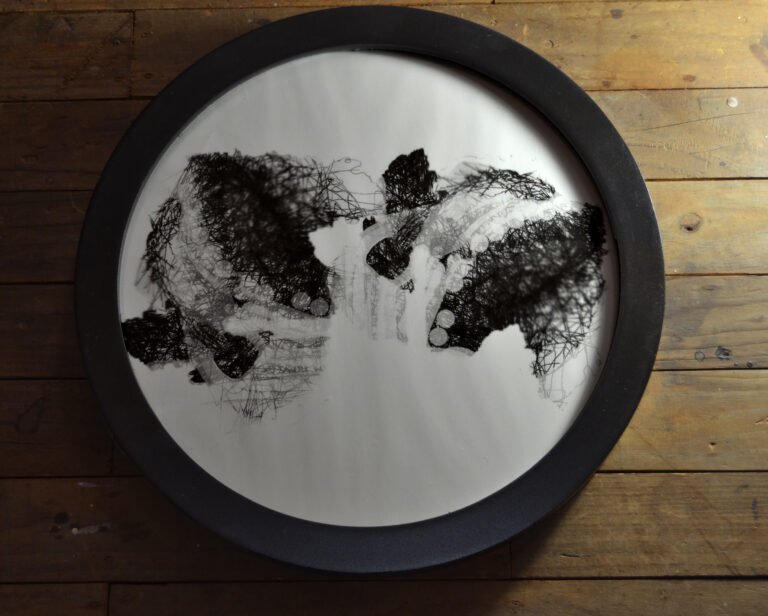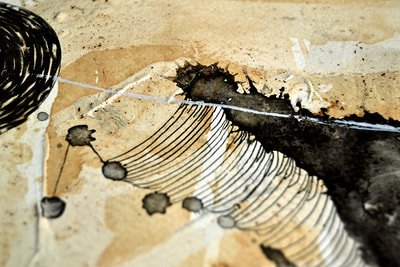COLLABORATIONS, COMMISSIONS & PORTFOLIO
1. COLLABORATIONS
Artworks for Robin Sprong Wallpapers. See the full range on robinsprong.com.
All in situ images provided are by Robin Sprong Wallpapers
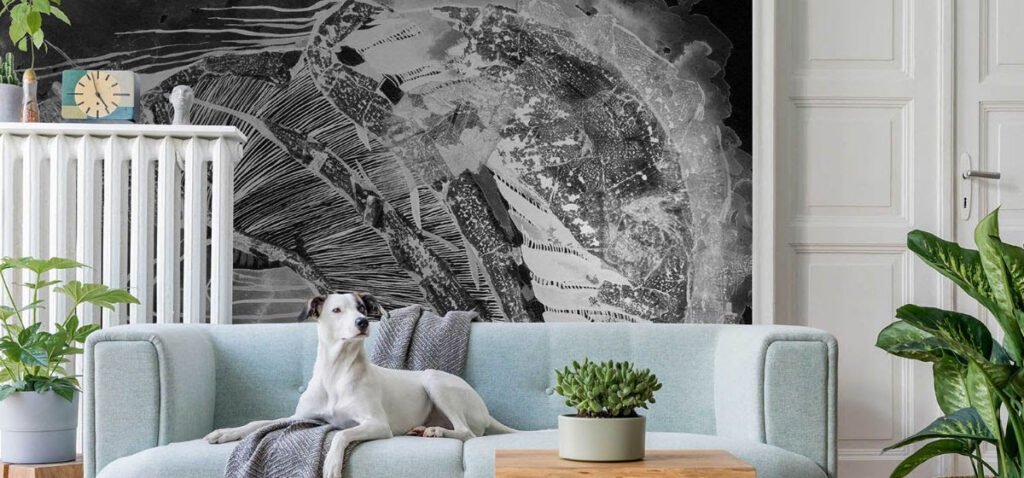
Work in progress for Dawn – Caitlin Mkhasibe x Robin Sprong Wallpapers
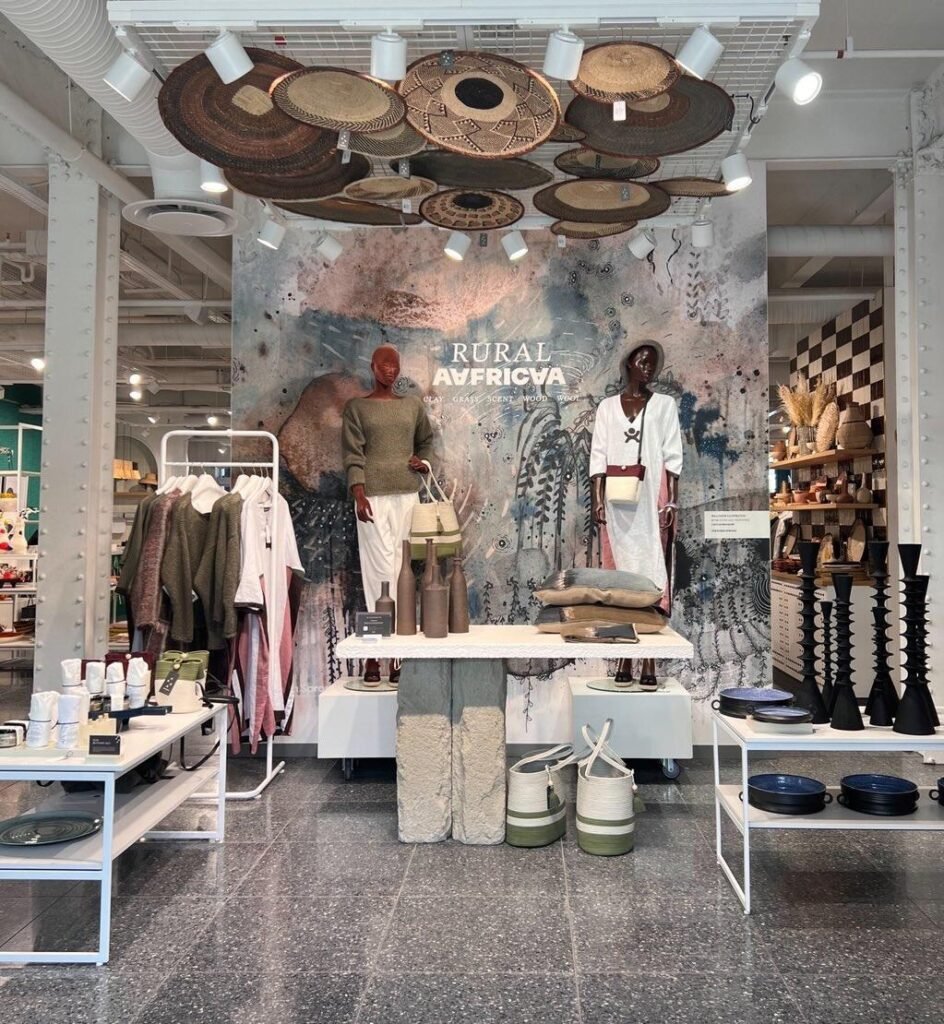
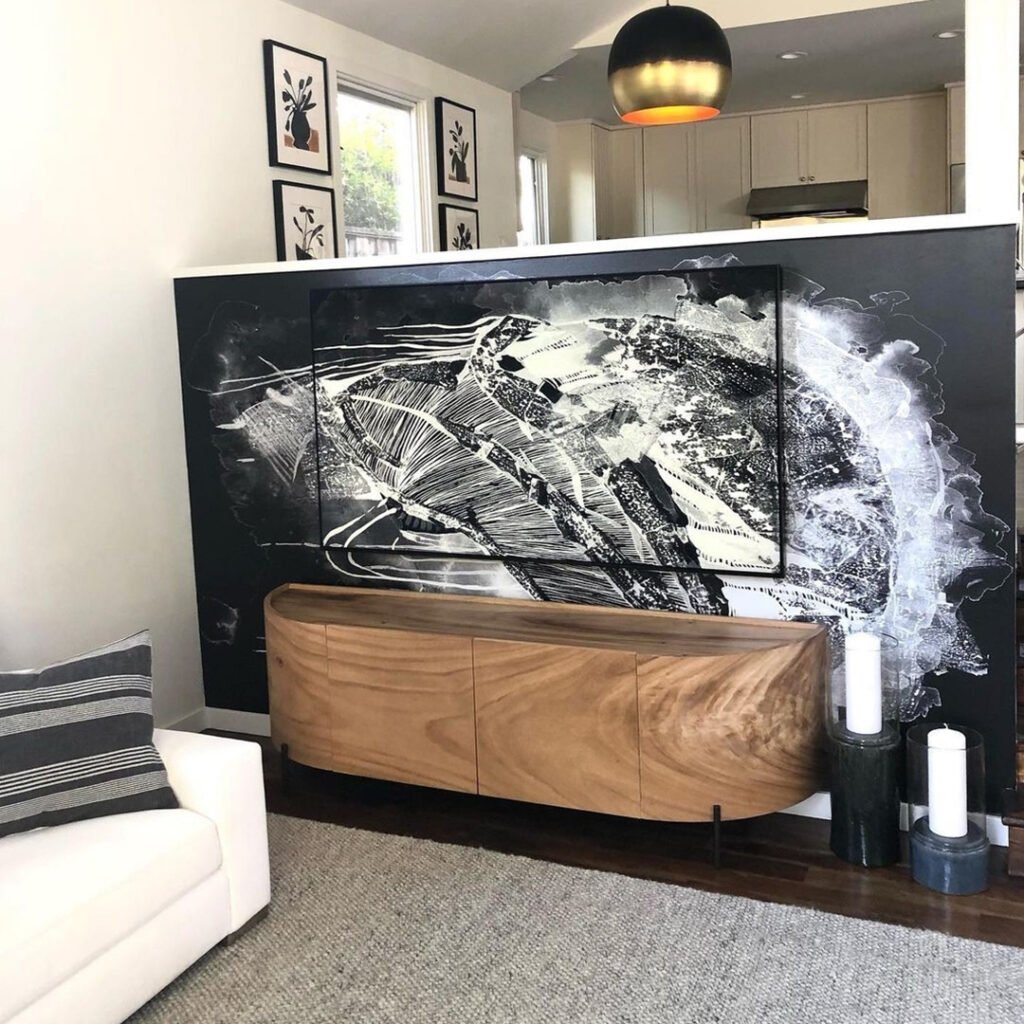
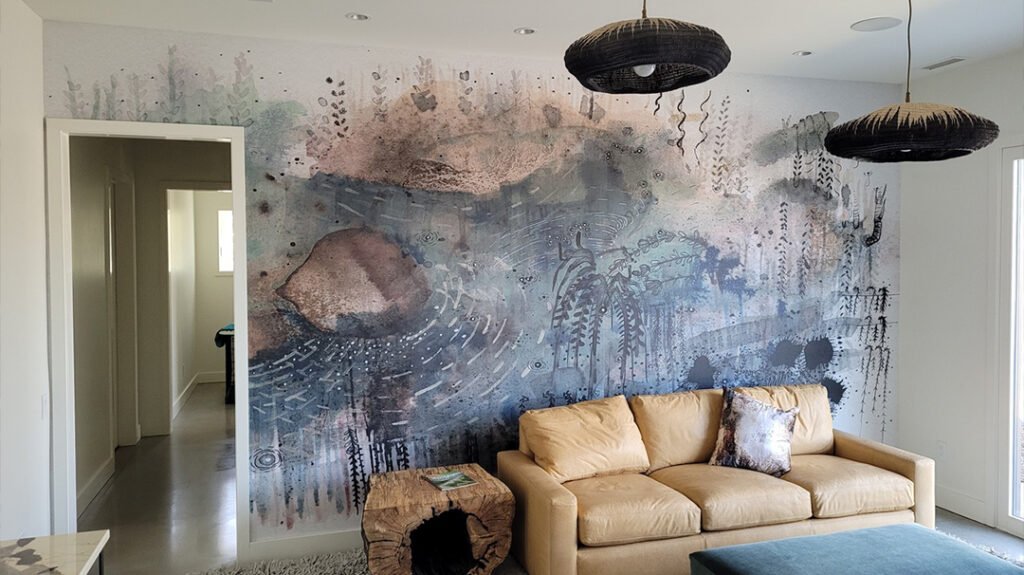
Holding Space for Creativity is a remote, collaborative artwork between artists, Elize de Beer of Bookward Bound Bindery and Caitlin Mkhasibe. This work is an amalgamation of Elize’s book binding knowledge and Caitlin’s digital illustration of their shared interests and the surrounding natural landscape where they studied fine art together in Cape Town. The cover illustration depicts elements of the sea, fynbos, nature, space cats and tattoos (rendered through the overall style of the illustration). The cover was screen-printed with gold ink by Roxy Kaczmarek on 300gsm navy blue Malmero paper. The inner book holds 128 un-lined, 120gsm off-white Munken Pure pages, permitting flexibility in purpose to be used as either an artist’s sketch book, for writing or both. The final books are beautifully handbound with Coptic Stitching by Elize.
Not only has this artwork been a celebration of friendship, independent creativity and an emphasis on fun over perfunctory art admin; it has been a catalyst for discussions on mental health, vulnerability, inner expansion through mutual respect and an excitement towards forming a shared definition of a healthy, creative experience.
The final books are the reward and the process served as a reminder that art is necessary for our well-being.
Prufrock Magazine
Illustrations for South African literature magazine, Prufrock.
Summer issue, 2018
2. SELECTED COMMISSIONS
Oscillating Forest
Album artwork for Australian post metal, post/ progressive/noise rock, improv band, TANGLED THOUGHTS OF LEAVING.
Album release day is August 4th 2023 via The Bird’s Robe Collective (AU) and with Dunk!records (EU).
Pre-orders are live via TToL’s Bandcamp – including some vinyl, CD, digital and t-shirt bundles. T-shirts are by TToL’s bassist, Luke Pollard. Dunk! Pressing did the beautiful Smoke and Splatter variants of the record as vinyl interpretations of my artwork.
Preorders on Dunk!Records are live from July 7th 2pm (CEST).
Additional Stockists: Church Road Records (US, UK, EU)
About Oscillating Forest
“Inspired by the sounds, intensity, emotion and life-cycles of the bush of the south-west of Australia, Oscillating Forest is a reconstruction of the harsh and varied landscape in audio form. As with the sounds and seasons of nature, the textures and tones captured here oscillate, pulse and modulate in a way that is not linear, predictable or safe; Tangled Thoughts of Leaving guides the listener through a terrain where danger and beauty are found and contrasted around every turn.
Tangled Thoughts of Leaving composed the album in the mould of an hour-long live set – a free flowing piece of music, ignoring the constraints of standalone songs and traditional structures. Instead, each track is complementary to what comes before and after it, a constant transfer of searing energy and emotion, a cycle of constantly building and destroying itself.
TToL recorded Oscillating Forest in 2021 and 2022 at Studio Sleepwalker’s Dread in North Dandalup, Western Australia. This was a period of intense inspiration for the band, the first album written with Gracie Smith on drums – and second with Paul Briggs on guitar. There is a telling shift in energy and dynamics captured here – the chemistry and cohesion between Smith, Briggs and founding members Ron Pollard and Luke Pollard presented the opportunity to push further down the path of improvisation than previously captured on other Tangled records. Large swathes of the album were recorded live, with sections of improvisation punctuated by more purposefully layered movements.
The artwork by South African artist Caitlin Mkhasibe further explores these themes of chaotic energy and space in the form of a conceptual view of Oscillating Forest, marked in map form. The lines, contours, terrains, textures, detail and intersections of trails echo the intertwining tracks of the record.” – (TToL press release, June 2nd 2023)
Album Artwork Process
Moss and lichen were TToL’s influences for the illusion of an aerial map view for their Oscillating Forest album artwork. I went to a nearby forest to document different colour combinations found on boulders and tree bark as references for the Oscillating Forest painting. It was amazing to see how luminous the red was. Unfortunately, I only have pictures of the pictures that I took saved.
Cape Snoek
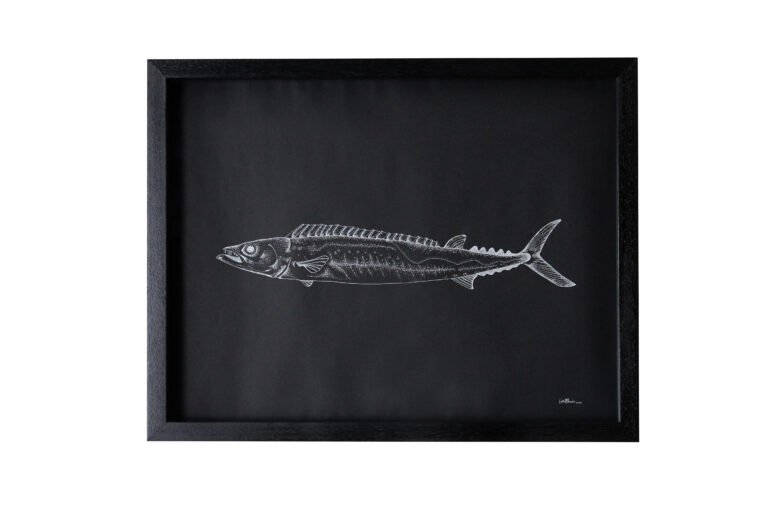
'Little Wing' by S.F Ratcliffe
Described as “a noir fairy tale for grown-ups” by author, Simon Ratcliffe, Little Wing placed as 1 of 5 finalists in Omnidawn Publishing’s Fabulist Fiction contest. Collaborative illustration with artist, helo samo done in 2018.
3. SELECTED PORTFOLIO ARTWORK
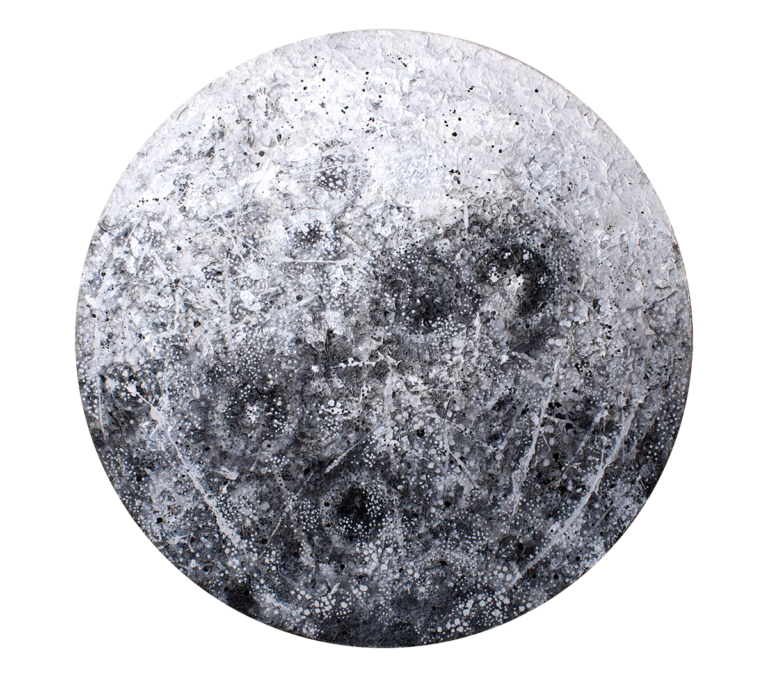
Dark Nebula
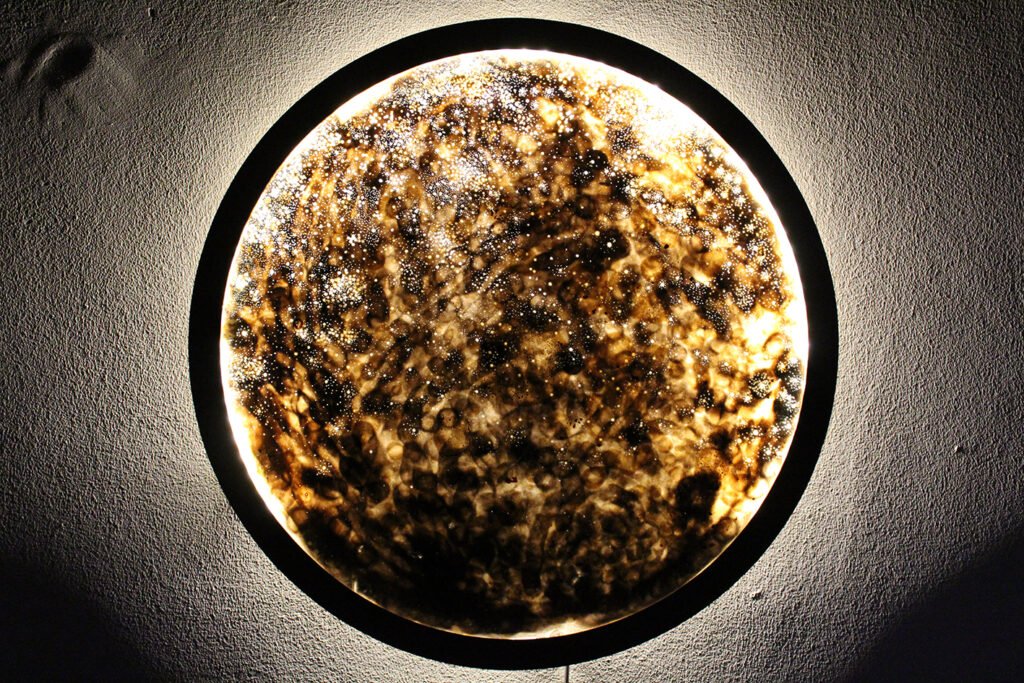
Drum Moon I & II
Drum Moon 1 & 2, were created using ink and acrylic on two old, Remo drumheads that I played on. I have been playing on a third-hand, typical, five-piece drum kit since I was 14 years old and find my artworks mimic the circular shape of the drums. I also use found objects as additional percussive elements. I play in an audio-visual ensemble called, Morning Pages. This piece serves as a fusion of my interests in art and experimental, improvised music.
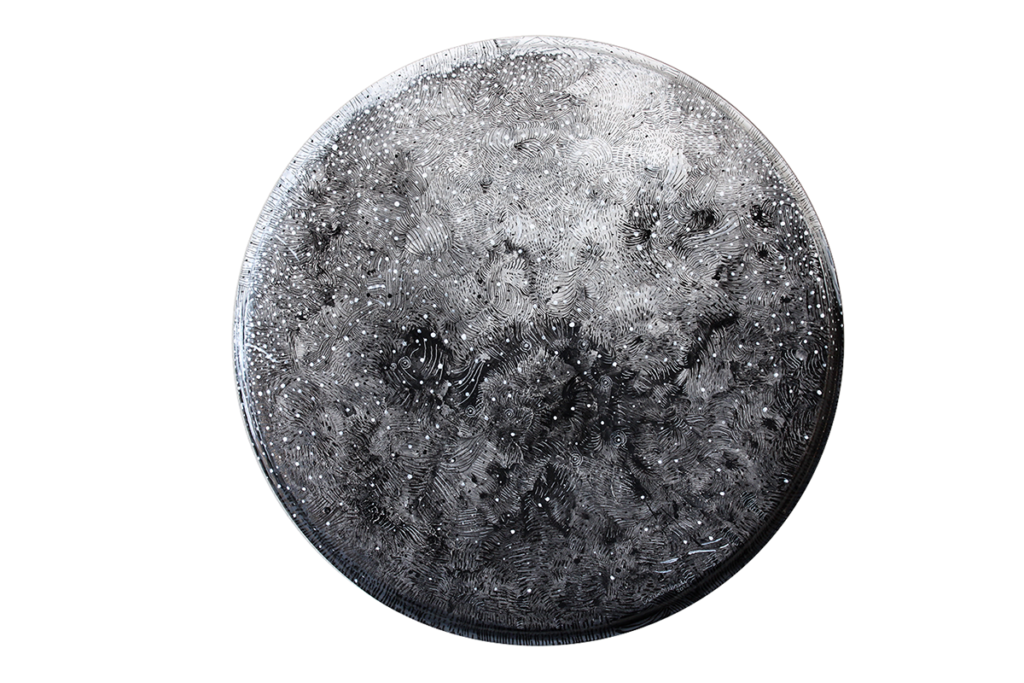

Fire Season
Fire is crucial in the preservation of fynbos and in the absence of it, large parts of the fynbos ecosystem would slowly die and be substituted by alien species. The smoke on glass element of the artworks represent the dependence germination and the healthy growth fynbos have on controlled and well managed fire. In order to view the work, you can only see it by a window or a light source since it is transparent on both sides. This signifies another source of heat that triggers growth – the sun and the process of photosynthesis.
Resource: Esler, K.J, Pierce S. M & de Villiers C. (eds), 2014. Fynbos: Ecology and Management. 1stedition. South Africa: Briza Publications, pp. 45 – 50
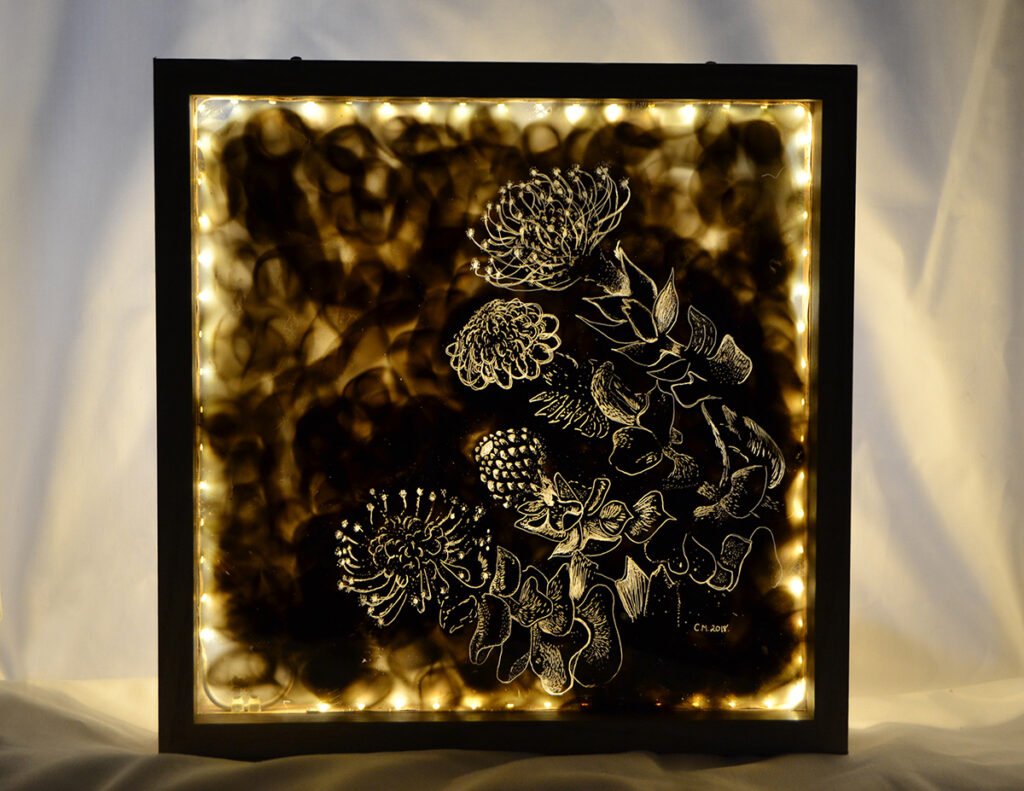
The Pincushion (‘myrmercochorus’ seed) produces seeds with a sort of flesh covering (called ‘elaisomes’) which are attractive to ants. The seeds are then dispersed by ants and are taken into their nests where they consume the elaisomes to reveal a smooth, hard seed. The ant nest has more nutrients than regular soil and the heat and smoke from the fire and drastic soil temperature changes between day and night stimulate the seeds to germinate. Fires in late summer or early autumn are best for myrmecochorus seeds as they need great heat for the germination process to happen.
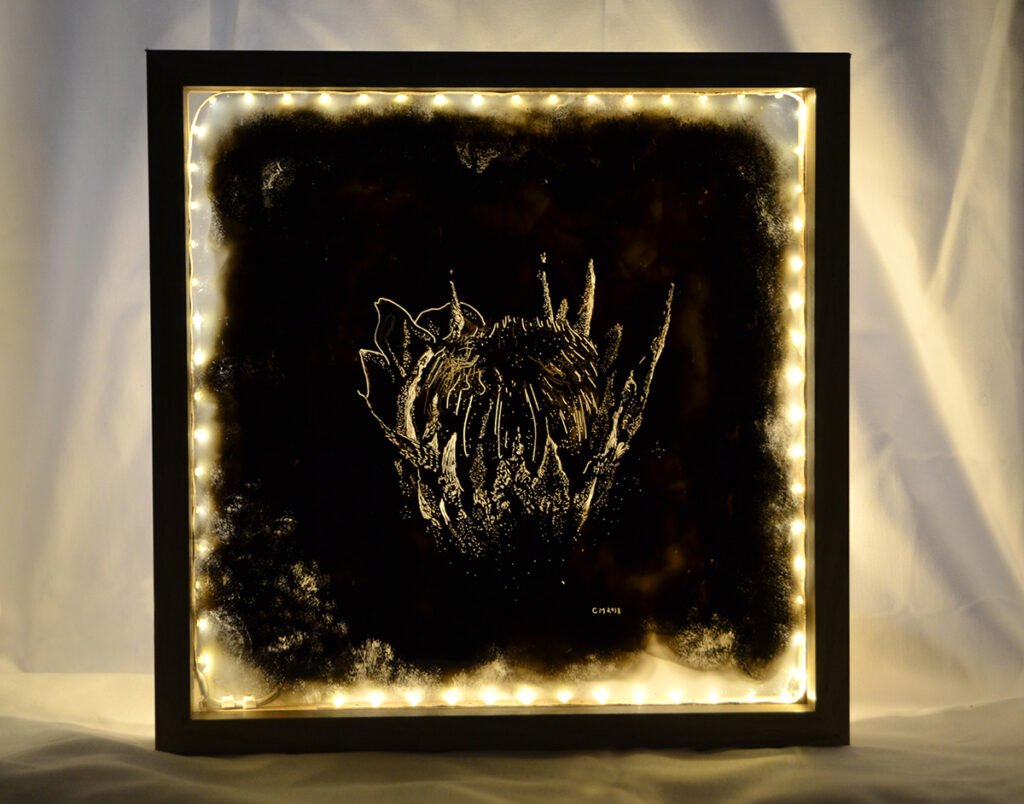
Before a fire, the King Protea (‘serotinous’ seed) produces seeds and retains them during that fire. The plant dies but the seeds are spread by wind and only germinate in the first winter after a fire. The seeds need a short amount of time exposed to the environment after fires occur in either late summer or early autumn, otherwise they dry out or are eaten by rodents. This happens when the time between distributed seeds and winter is vast – as would be in the instance after a spring fire.
... And then there was a Subterraneous Hum
The exhibition explored how noise pollution affected marine mammals’ ability to echolocate due to ship engines, sonar, seismic blasts for mining and natural sounds, such as earthquakes. Whales have been known to beach themselves because of the amount of noise experienced because noise pollution makes it difficult for them to echolocate their migratory paths, food or each other. The series’ monochromatic visual style emulates spectrograms and sonar. This series was part of an interactive sound installation where the viewer could sing to an imagined whale and it would sing back.
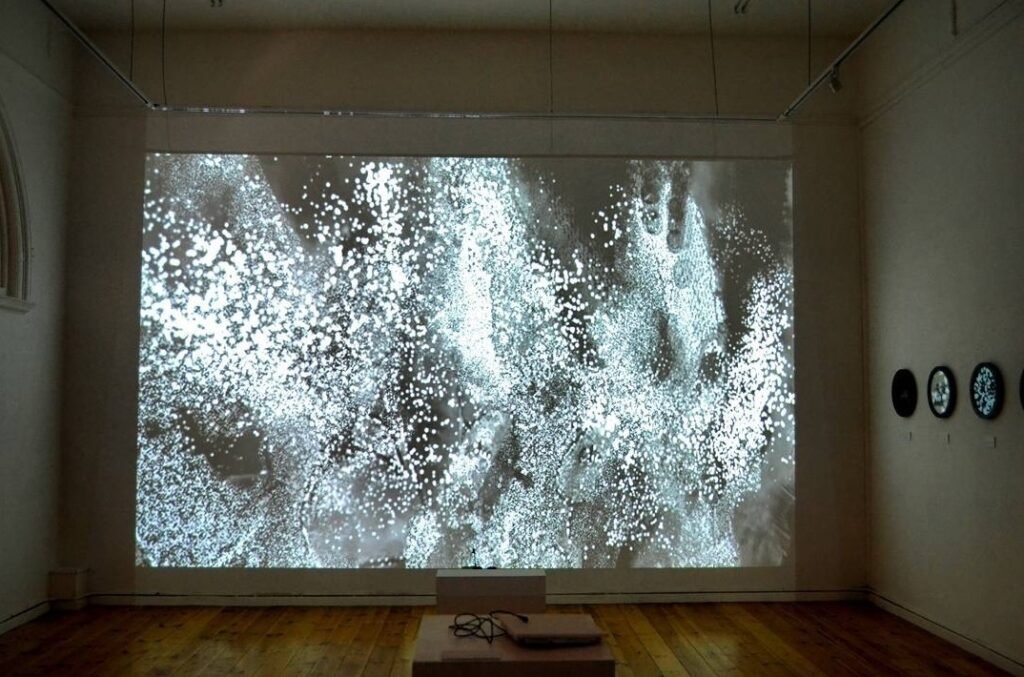
I used found medical illustrations of whale bones before editing them to look similar to black and white spectrographs. Whales feel sound through a membrane in their lower jawbone. I chose to use spine bones because that is what usually stands out the most for me at museums. This projection was displayed at my final exam exhibition at Michaelis (School of Fine Art in Cape Town). The projection is in front of the interactive sound piece where the viewer could sing to a whale and it would sing back. Special thanks to helo samo, Matthew Jones and Moeneeb Dalwai.
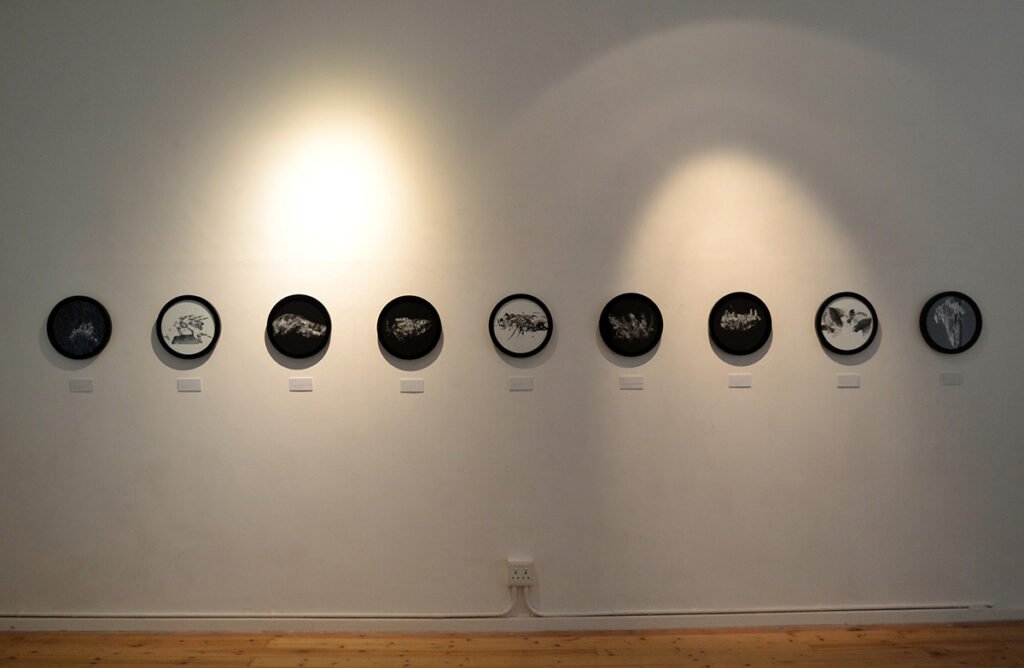
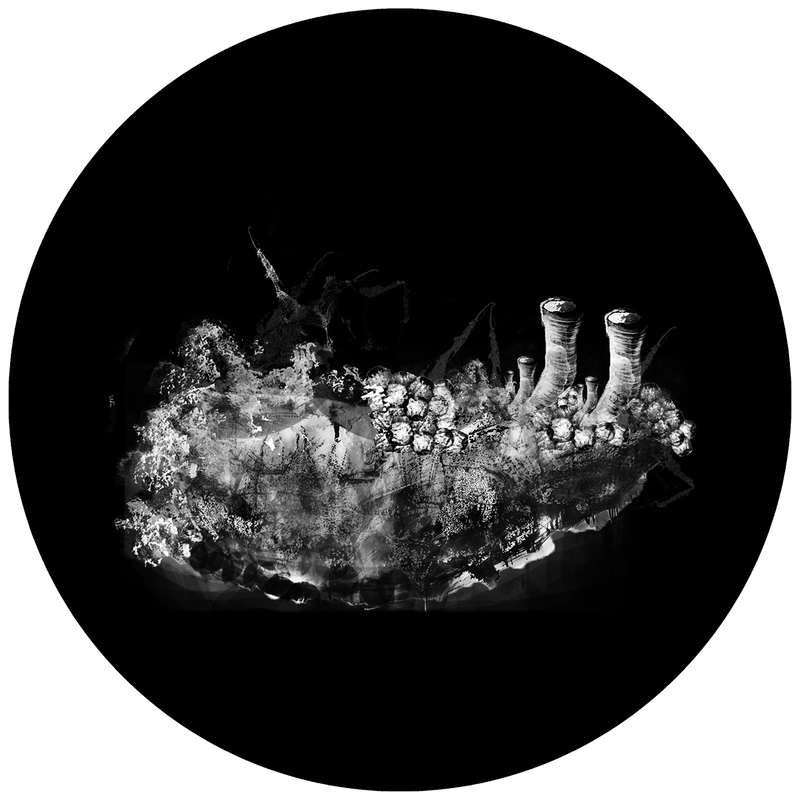
Lowest Hearing Frequency Range
This artwork used cymatics technique to display the lowest frequency hearing range of various animals. I placed water within a dish over a sub-woofer and allowed the vibrations to transition 10Hz – 100Hz, then 100Hz – 10Hz. The representation of the different animals’ hearing abilities alerts us to unnoticed, organic and delicate modes of communication other than speaking a language or utilizing the internet. This mode is translated to our physical understanding of it: light, visual texture and vibration – making the invisible visible and hopefully, more appreciated.
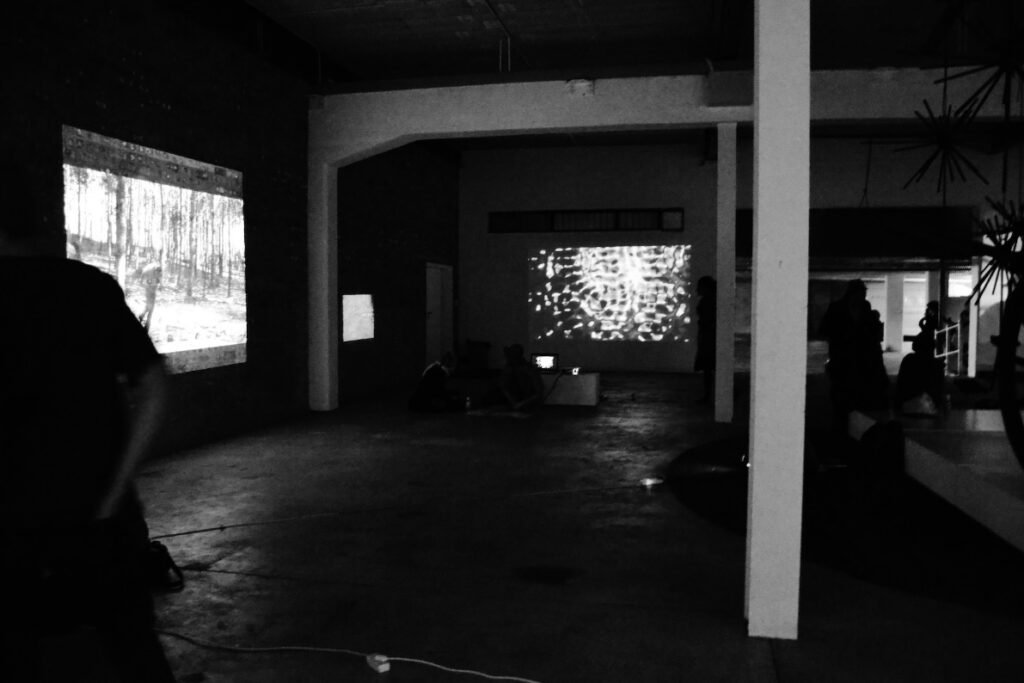
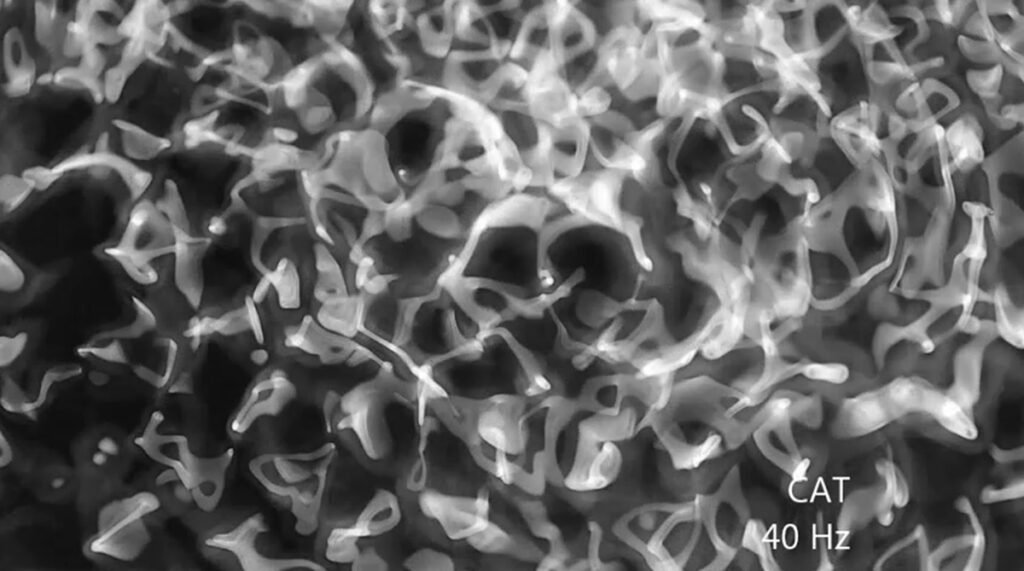
Aeronautical Map
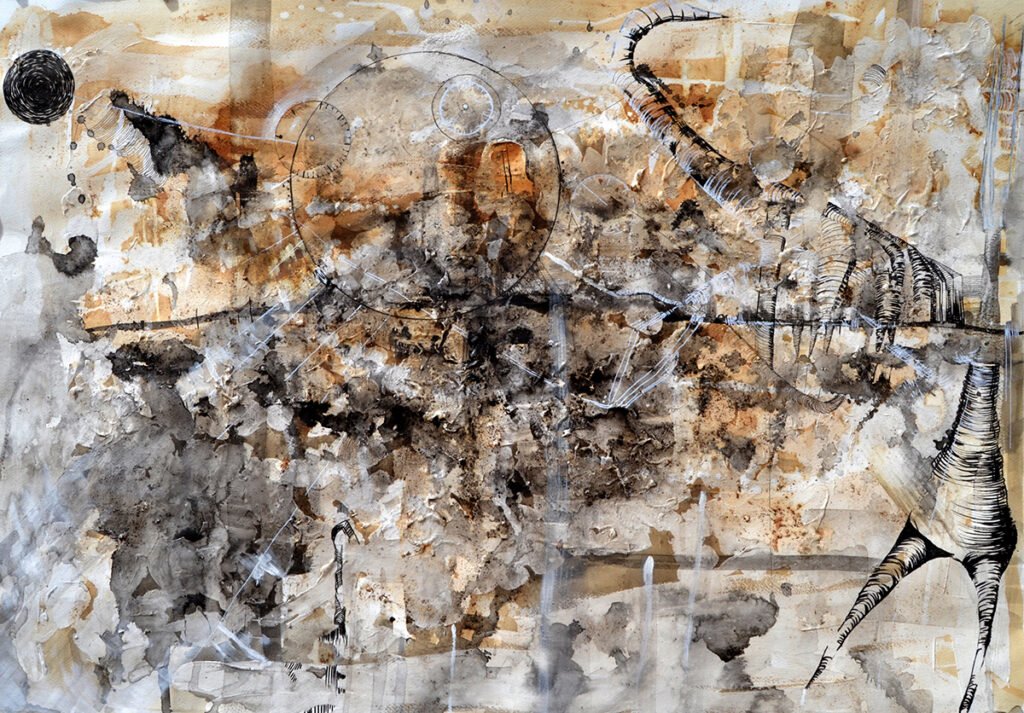
Molniya
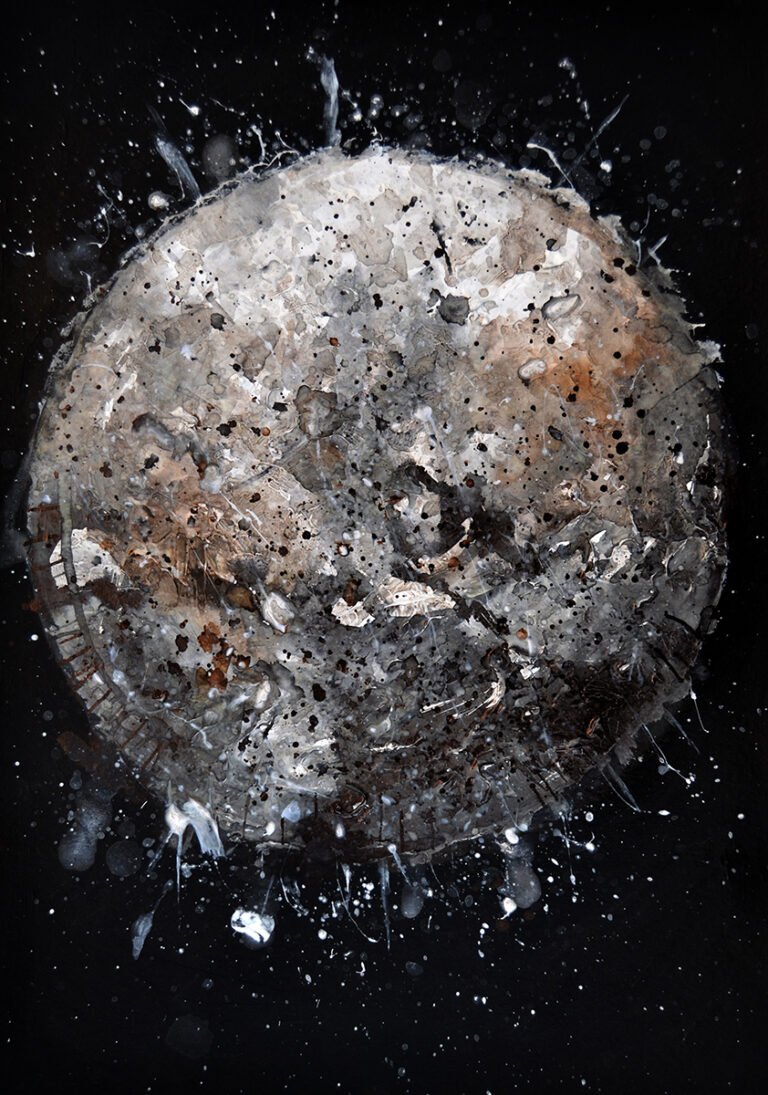
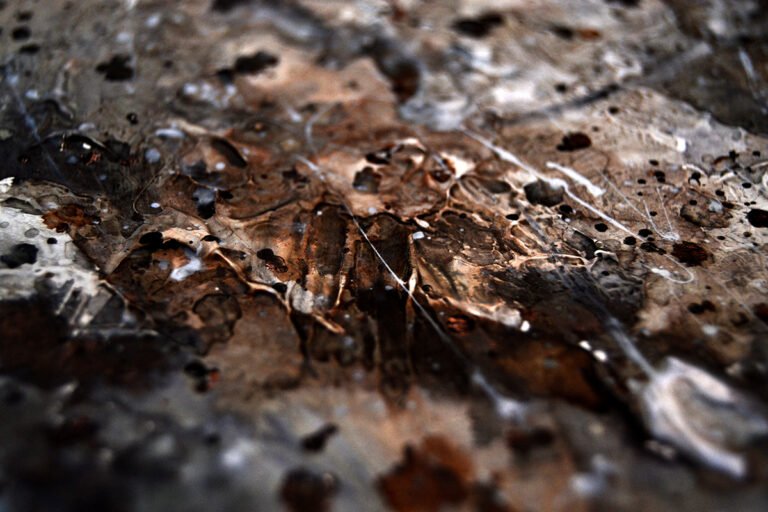
Untitled Series
SELECTED WORKS
Drum Squares




